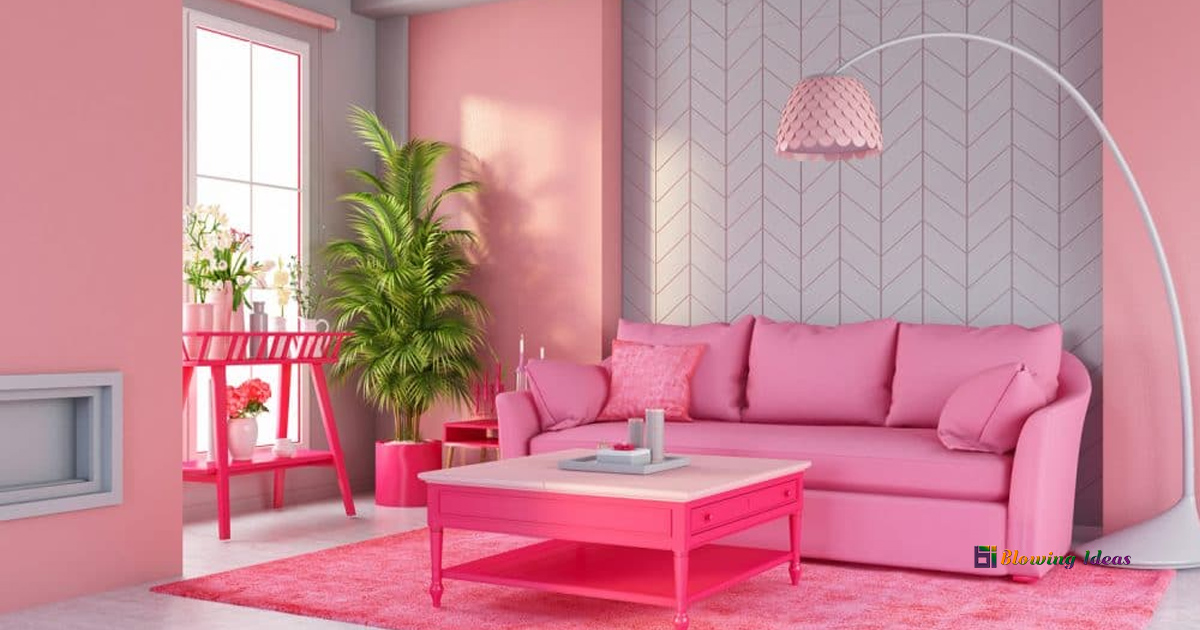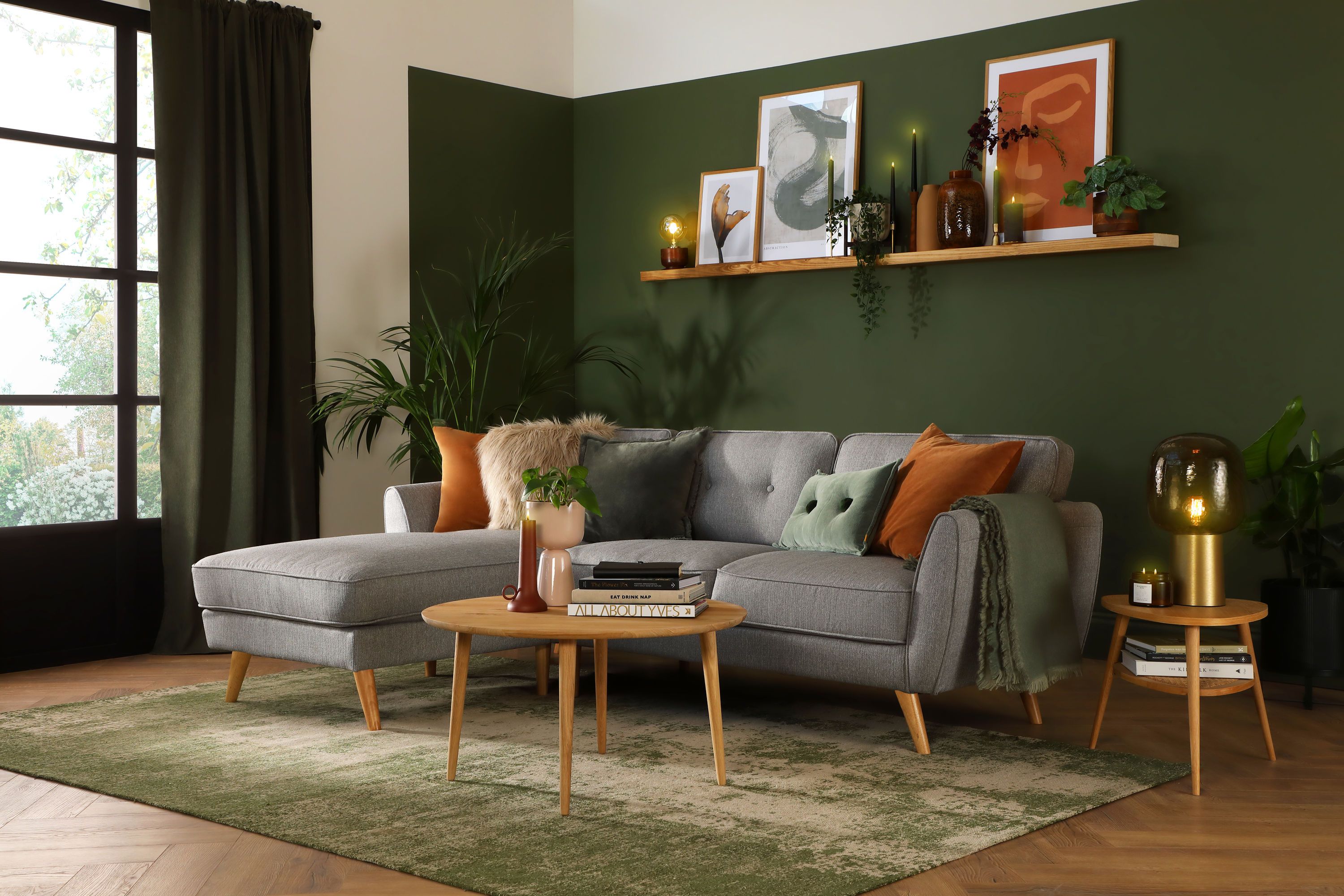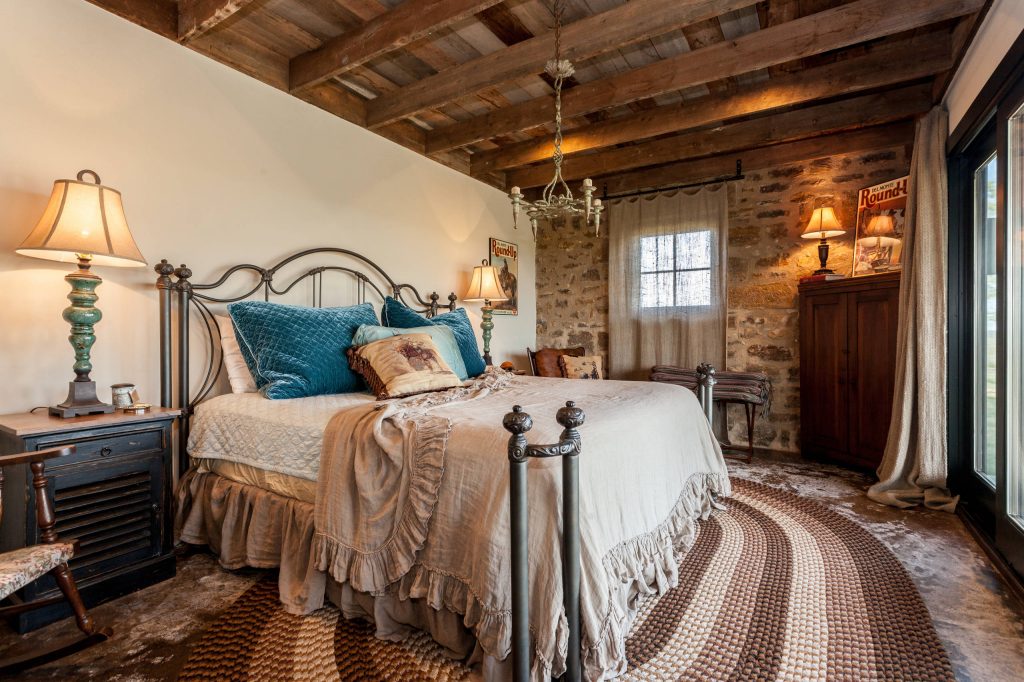When it comes to painting your living room walls, there are several techniques you can use to achieve a unique and stylish look. One popular technique is stenciling, where you use a stencil to create a pattern or design on your walls. This is a great way to add a touch of personality to your living room and can be done in any color you choose. Another technique to consider is color blocking, where you use two or more contrasting colors on different sections of your walls. This creates a bold and modern look, and can be a great way to highlight certain areas of your living room, such as a fireplace or built-in shelves. If you want to add some texture to your walls, consider using a sponge painting technique. This involves using a natural sea sponge to apply paint in a random pattern, creating a textured effect. This works especially well with earthy tones and can add depth to your living room walls.Painting Techniques for Living Room Walls
Choosing the right colors for your living room walls can be a daunting task, but it doesn't have to be. One way to narrow down your options is by considering the mood you want to create in your living room. For example, warm colors like red, orange, and yellow can create a cozy and inviting atmosphere, while cool colors like blue, green, and purple can make your living room feel more calming and serene. Another factor to consider is lighting. If your living room gets a lot of natural light, you can opt for darker colors on your walls without making the room feel too heavy or dark. If your living room is on the smaller side or doesn't get much natural light, stick to lighter colors to make the space feel more open and bright. Don't forget to coordinate your wall colors with the other elements in your living room, such as your furniture, curtains, and decor. You can use complementary colors to create a cohesive look, or opt for a monochromatic color scheme for a more subtle and sophisticated feel.How to Choose the Right Colors for Your Living Room Walls
One way to ensure your living room walls look cohesive and well-designed is by creating a color scheme before you start painting. A color scheme can consist of three or more colors that work well together and can be used throughout your living room, not just on your walls. A popular color scheme is the triadic scheme, where you choose three colors that are evenly spaced on the color wheel. This creates a balanced and harmonious look, and you can use one color on your walls and the other two in your decor and accents. Another option is the analogous scheme, where you choose colors that are next to each other on the color wheel. This creates a more subtle and cohesive look, and you can use different shades and tones of the colors on your walls and in your decor.Creating a Color Scheme for Your Living Room Walls
If you want to add a bold and eye-catching element to your living room, consider painting an accent wall. This is a great way to experiment with different colors without committing to painting your entire living room in that shade. When choosing a color for your accent wall, you can opt for a complementary color to your existing wall color, or go for a completely different shade for a statement look. You can also use accent walls to highlight a specific area, such as your TV or fireplace, by painting the wall behind it in a different color. Remember to keep the rest of your living room decor relatively neutral to let your accent wall shine and not overwhelm the space.Accent Walls: Adding a Pop of Color to Your Living Room
If you want to make a bold statement with your living room walls, consider using contrasting colors. This involves choosing two colors that are on opposite ends of the color wheel, such as blue and orange or purple and yellow. When done right, this technique can create a striking and modern look in your living room. To make sure the colors don't clash, try using one color as the main wall color and the other as an accent or in smaller doses throughout the room. You can also use this technique to create a sense of balance in your living room by painting one wall in a dark color and the rest in a lighter shade.Using Contrasting Colors to Paint Your Living Room Walls
When it comes to painting your living room walls, the finish you choose can make a big difference in the overall look and feel of the room. There are several options to choose from, including matte, eggshell, satin, semi-gloss, and high-gloss. A matte finish is the most versatile and can work well in any room, including your living room. It has a flat and non-reflective look, which can help hide imperfections on your walls. An eggshell finish has a slight sheen and is more durable than matte, making it a good option for high-traffic areas. If you want a more dramatic look, consider a semi-gloss or high-gloss finish. These finishes have a shiny and reflective effect and can make your living room walls stand out. Keep in mind that they can also highlight any imperfections on your walls, so make sure to prep your walls properly before painting.Choosing the Best Paint Finish for Your Living Room Walls
If you're feeling bold and want to paint your living room walls in multiple colors, there are a few tips you should keep in mind to ensure a cohesive and well-designed look. First, make sure to balance the colors throughout the room. For example, if you have one wall in a bright and bold color, choose a more neutral shade for the other walls. You can also use different shades and tones of the same color to create a gradient effect. Another tip is to use a color wheel to help you choose colors that work well together. You can use complementary or analogous colors, or opt for a monochromatic color scheme by using different shades of the same color. Lastly, don't be afraid to experiment with different patterns and designs, such as stripes or geometric shapes, on your living room walls. Just make sure to plan and measure before starting to ensure a clean and professional look.Tips for Painting Living Room Walls with Multiple Colors
One way to add interest and personality to your living room is by using different colored walls to create a focal point. This can be done by choosing one wall to paint in a different color or pattern, such as a dark accent wall or a bold wallpaper. This technique works especially well if your living room has a natural focal point, such as a fireplace or large window. You can use this wall as your focal point and make it stand out by painting it in a contrasting color or pattern. Remember to keep the rest of your living room decor relatively simple to let your focal point shine and not compete with other elements in the room.Creating a Focal Point with Different Colored Living Room Walls
If you want to add some depth and dimension to your living room walls, consider painting them in a two-tone color scheme. This involves using two different shades of the same color to create a subtle contrast. For example, you can choose a light and dark shade of blue to create a calming and serene atmosphere, or a light and dark shade of green for a fresh and natural look. This technique works well in both small and large living rooms and can make your walls stand out without being too overwhelming. Make sure to balance the two colors throughout the room, such as using the darker shade on one wall and the lighter shade on the other, to create a cohesive and well-designed look.How to Paint Living Room Walls in a Two-Tone Color Scheme
When choosing colors for your living room walls, you can also consider the psychological effects of different colors. Color psychology is the study of how colors can affect our mood, emotions, and behavior. For example, blue is often associated with calmness and trust, while yellow can be uplifting and energizing. Green is known for its soothing and rejuvenating qualities, and red is associated with passion and energy. Consider the mood and atmosphere you want to create in your living room and choose colors that align with that. You can also use a combination of colors to create a balanced and harmonious space.Using Color Psychology to Choose the Perfect Colors for Your Living Room Walls
Transform Your Living Room with a Splash of Color: How to Paint Your Walls Different Colors

Why Stick to One Color?
 When it comes to home design, many people tend to play it safe and stick to neutral colors for their walls. While this may be a safe option, it can also result in a lackluster and boring living room. So why not break out of the norm and add some personality and vibrancy to your living space? One way to do this is by painting your living room walls different colors. This may seem daunting, but with the right approach, it can completely transform the look and feel of your room. Here's how to do it.
When it comes to home design, many people tend to play it safe and stick to neutral colors for their walls. While this may be a safe option, it can also result in a lackluster and boring living room. So why not break out of the norm and add some personality and vibrancy to your living space? One way to do this is by painting your living room walls different colors. This may seem daunting, but with the right approach, it can completely transform the look and feel of your room. Here's how to do it.
Choose Your Color Palette
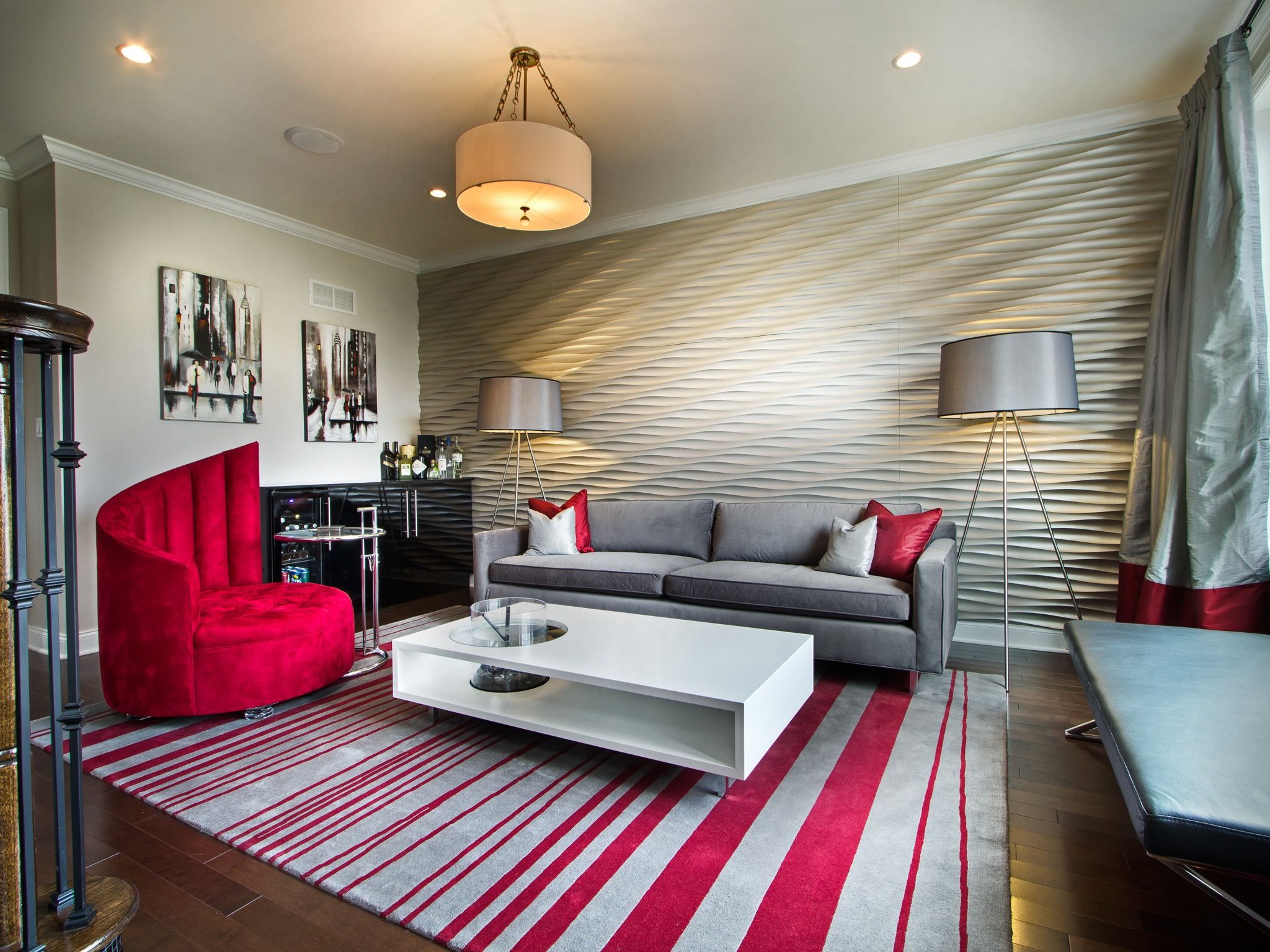 The first step in painting your living room walls different colors is to choose a color palette. This will help create a cohesive and harmonious look in your room. Consider the overall aesthetic and theme you want to achieve in your living room. Do you want a bold and vibrant look? Or a more calming and soothing atmosphere? Use this as a guide when selecting your color palette.
Featured keywords: paint living room walls different colors
The first step in painting your living room walls different colors is to choose a color palette. This will help create a cohesive and harmonious look in your room. Consider the overall aesthetic and theme you want to achieve in your living room. Do you want a bold and vibrant look? Or a more calming and soothing atmosphere? Use this as a guide when selecting your color palette.
Featured keywords: paint living room walls different colors
Divide and Conquer
 Now that you have your color palette, it's time to divide and conquer your living room walls. One way to do this is by choosing one wall as the focal point and painting it a bold and eye-catching color. This could be your fireplace wall, a built-in bookshelf, or the wall behind your sofa. This will add depth and interest to your room. Then, choose a complementary color for the rest of your walls. This will create a cohesive and balanced look.
Featured keywords: color palette, divide and conquer, focal point, complementary color
Now that you have your color palette, it's time to divide and conquer your living room walls. One way to do this is by choosing one wall as the focal point and painting it a bold and eye-catching color. This could be your fireplace wall, a built-in bookshelf, or the wall behind your sofa. This will add depth and interest to your room. Then, choose a complementary color for the rest of your walls. This will create a cohesive and balanced look.
Featured keywords: color palette, divide and conquer, focal point, complementary color
Consider the Room's Function
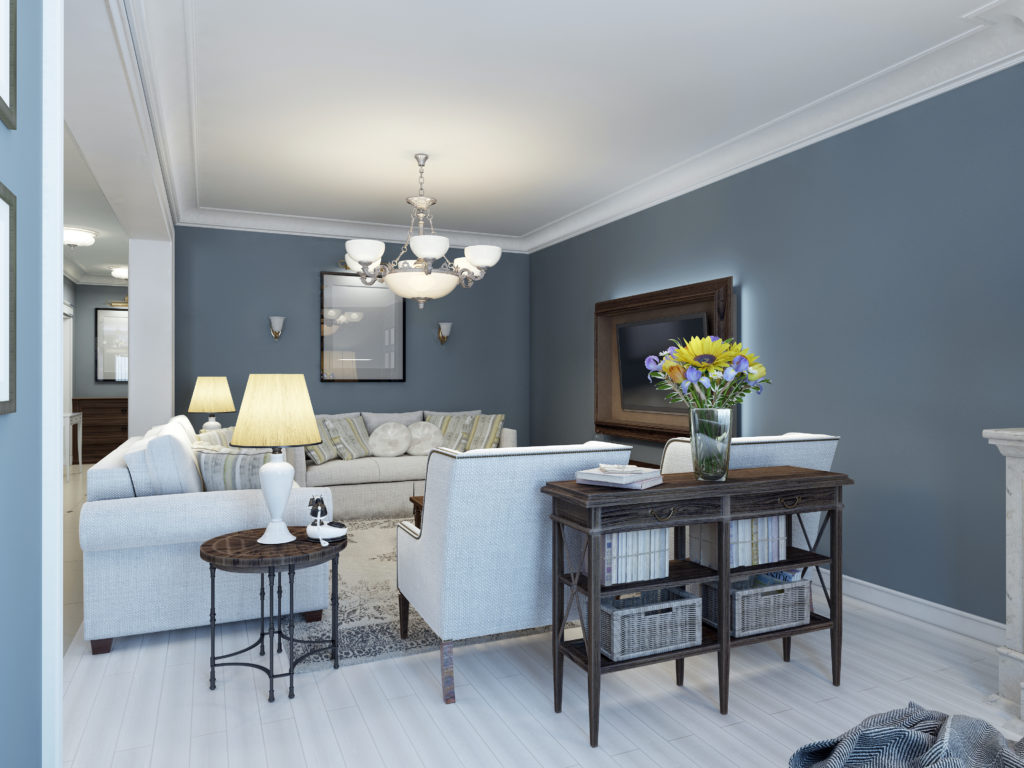 When choosing your wall colors, it's important to consider the function of your living room. If it's a space for relaxation and unwinding, consider using calming and soothing colors like blues and greens. If it's a space for entertaining and socializing, opt for more bold and vibrant colors like reds and yellows. The colors you choose can greatly impact the mood and atmosphere of your living room.
When choosing your wall colors, it's important to consider the function of your living room. If it's a space for relaxation and unwinding, consider using calming and soothing colors like blues and greens. If it's a space for entertaining and socializing, opt for more bold and vibrant colors like reds and yellows. The colors you choose can greatly impact the mood and atmosphere of your living room.
Don't Forget About the Ceiling
 Many people tend to neglect the ceiling when it comes to painting their walls, but this can be a missed opportunity to add some visual interest to your living room. Consider painting your ceiling a different color from your walls or adding a pop of color with a patterned wallpaper. This can add a unique and unexpected touch to your living room design.
Featured keywords: function, mood, atmosphere, ceiling, visual interest
Many people tend to neglect the ceiling when it comes to painting their walls, but this can be a missed opportunity to add some visual interest to your living room. Consider painting your ceiling a different color from your walls or adding a pop of color with a patterned wallpaper. This can add a unique and unexpected touch to your living room design.
Featured keywords: function, mood, atmosphere, ceiling, visual interest
Get Creative with Finishes
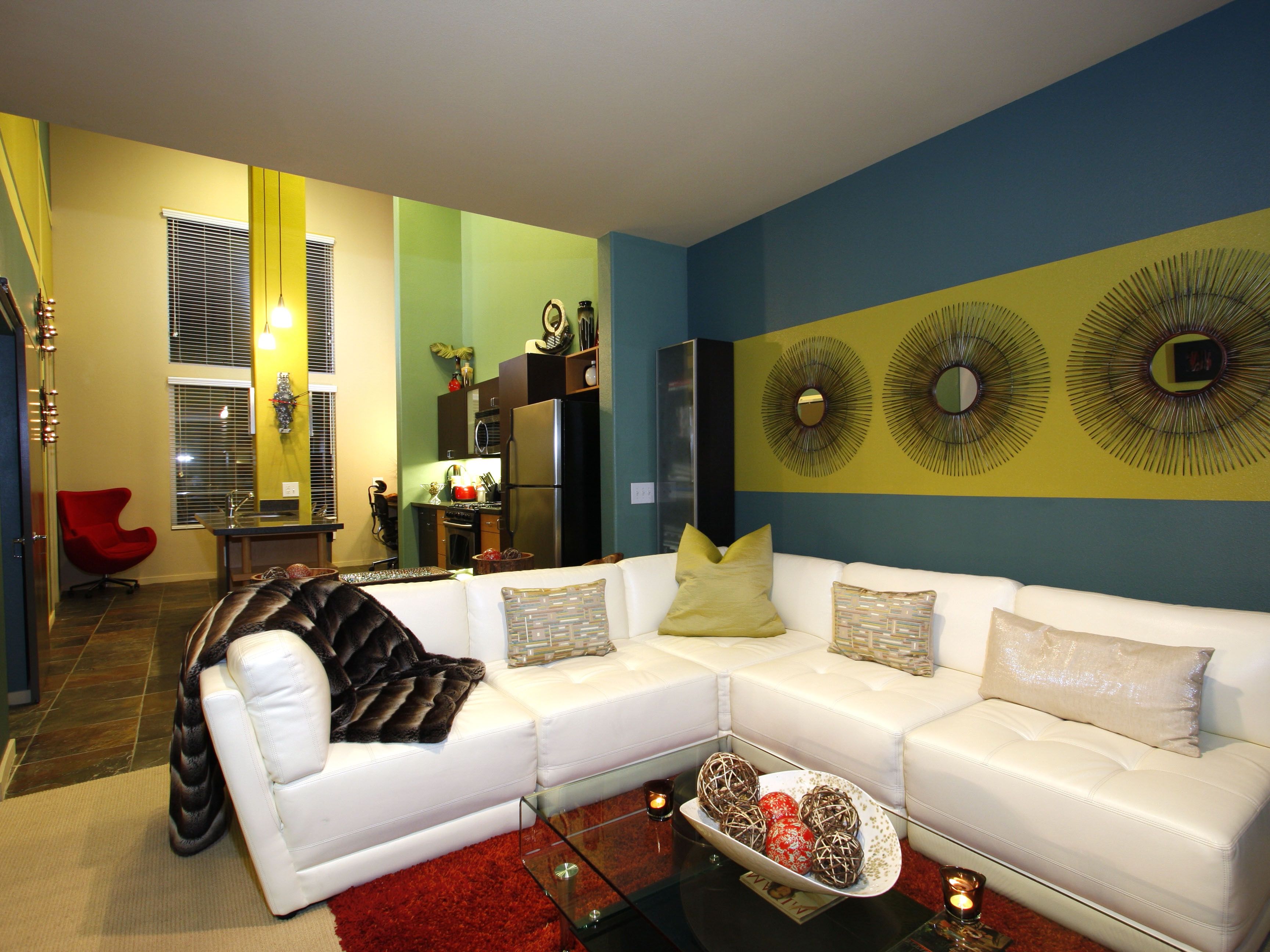 Lastly, don't be afraid to get creative with different finishes when painting your living room walls. You can add texture and dimension by using techniques such as color blocking, ombre, or a striped pattern. This will add visual interest and make your living room walls truly stand out.
Featured keywords: creative, finishes, texture, dimension, techniques
In conclusion, painting your living room walls different colors is a great way to add personality and vibrancy to your home design. With the right color palette, division, and consideration for the room's function, you can create a unique and stunning living space. So don't be afraid to step out of the norm and get creative with your wall colors. Your living room will thank you.
Lastly, don't be afraid to get creative with different finishes when painting your living room walls. You can add texture and dimension by using techniques such as color blocking, ombre, or a striped pattern. This will add visual interest and make your living room walls truly stand out.
Featured keywords: creative, finishes, texture, dimension, techniques
In conclusion, painting your living room walls different colors is a great way to add personality and vibrancy to your home design. With the right color palette, division, and consideration for the room's function, you can create a unique and stunning living space. So don't be afraid to step out of the norm and get creative with your wall colors. Your living room will thank you.




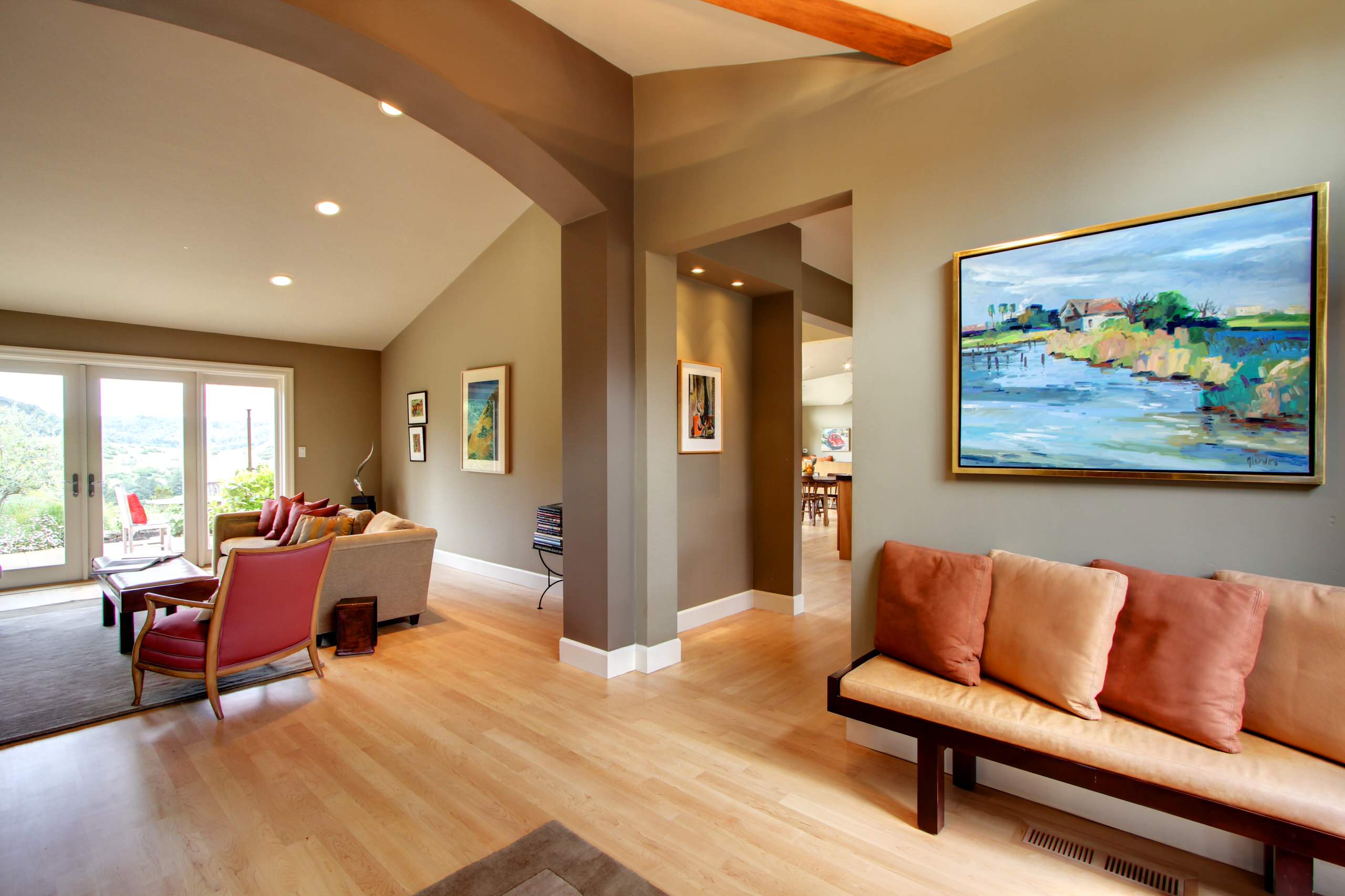


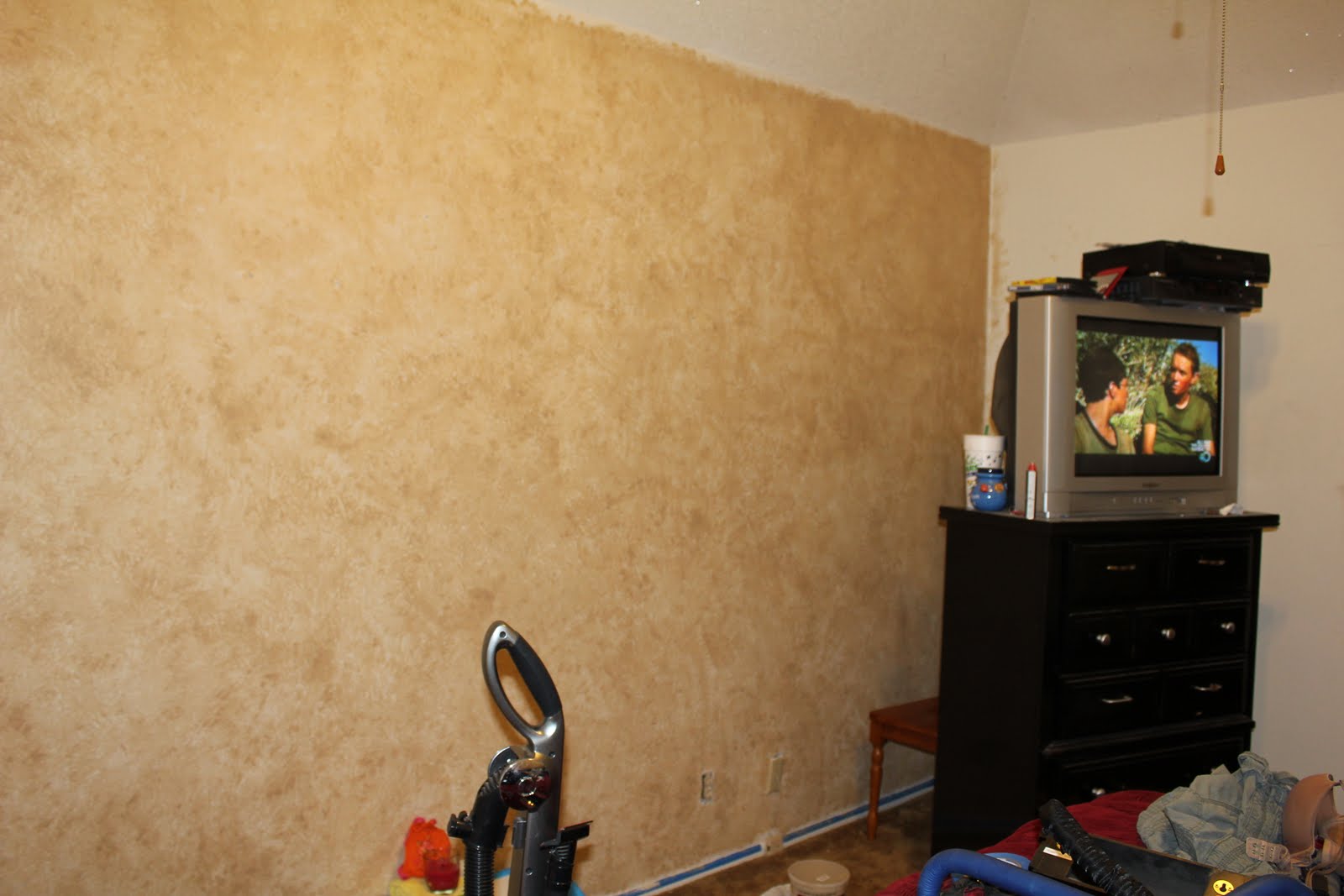
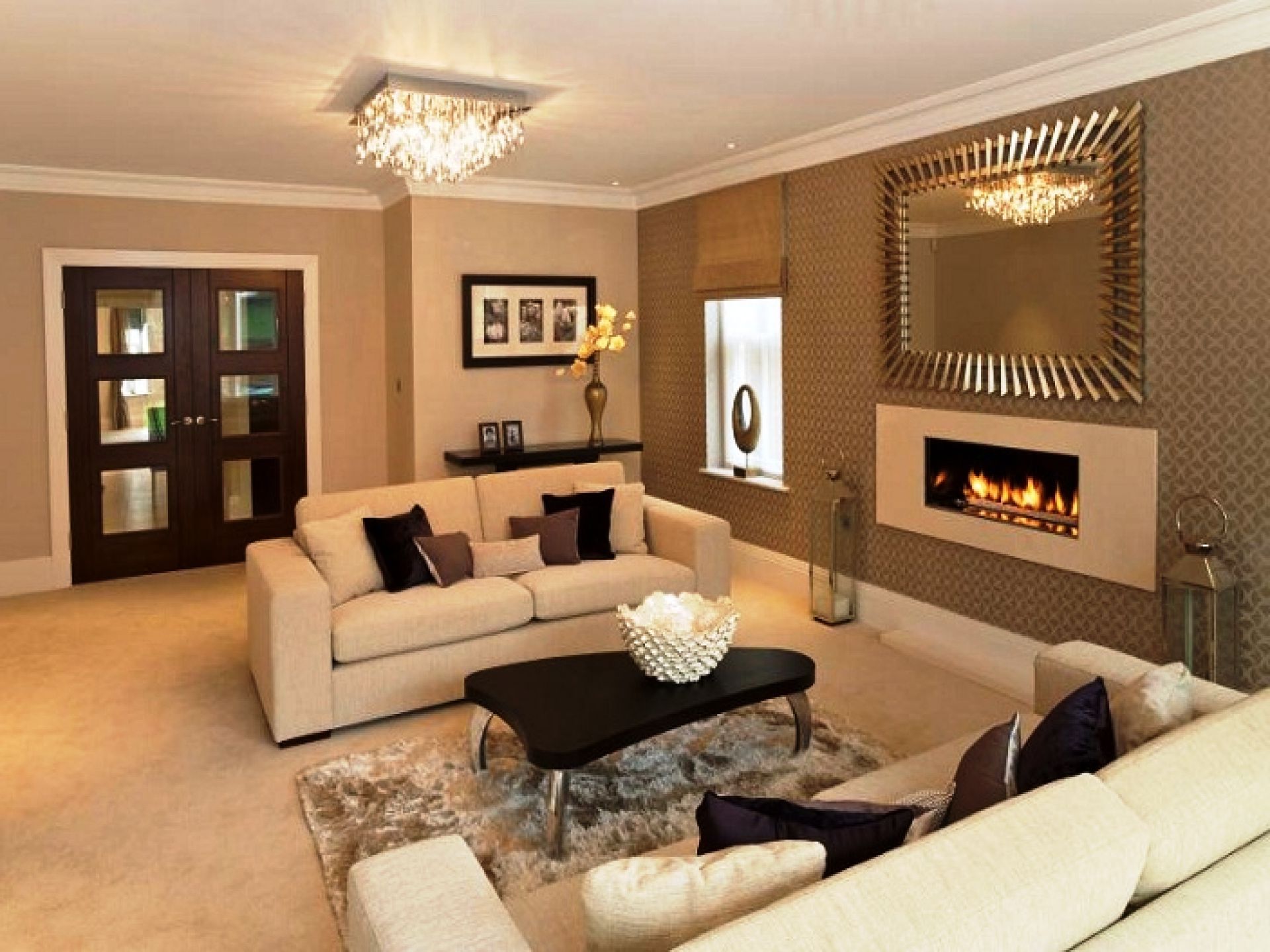
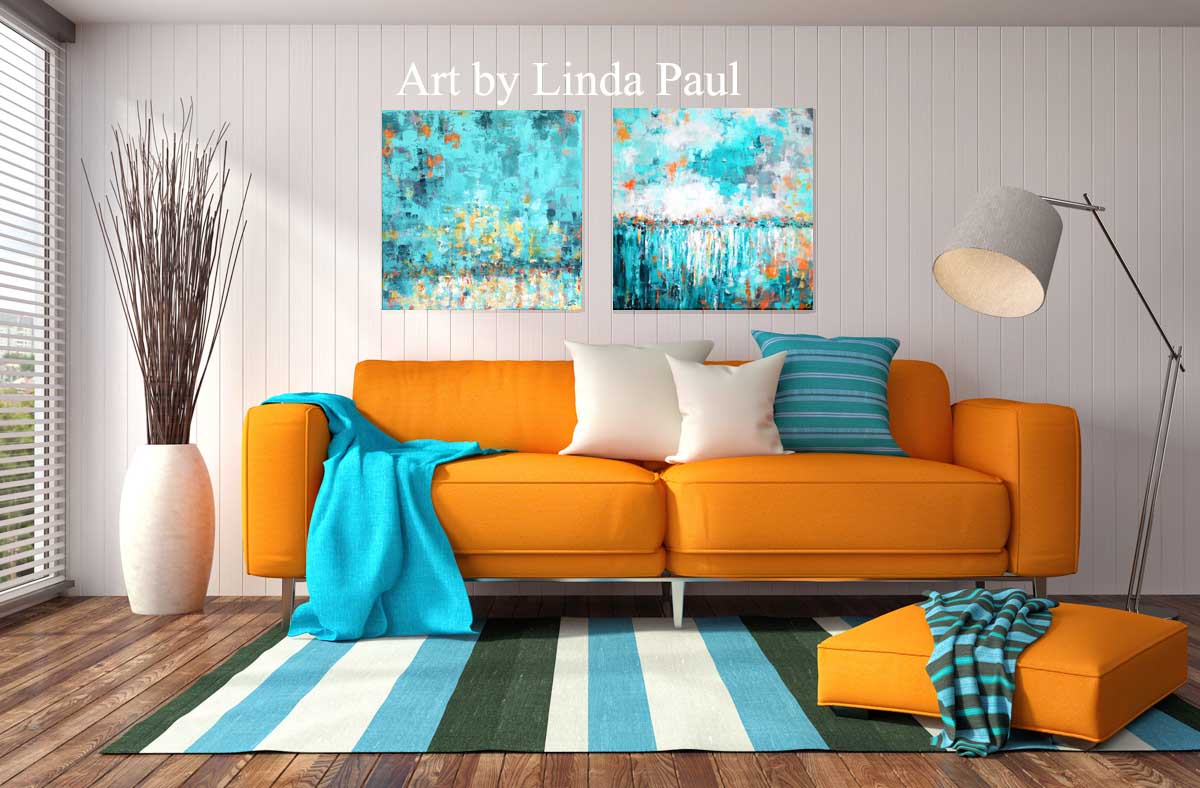
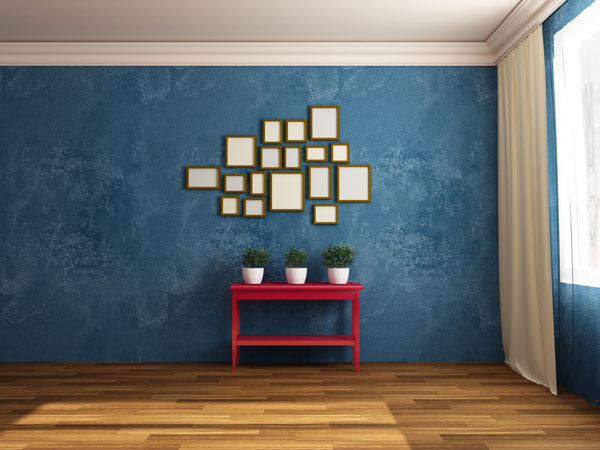

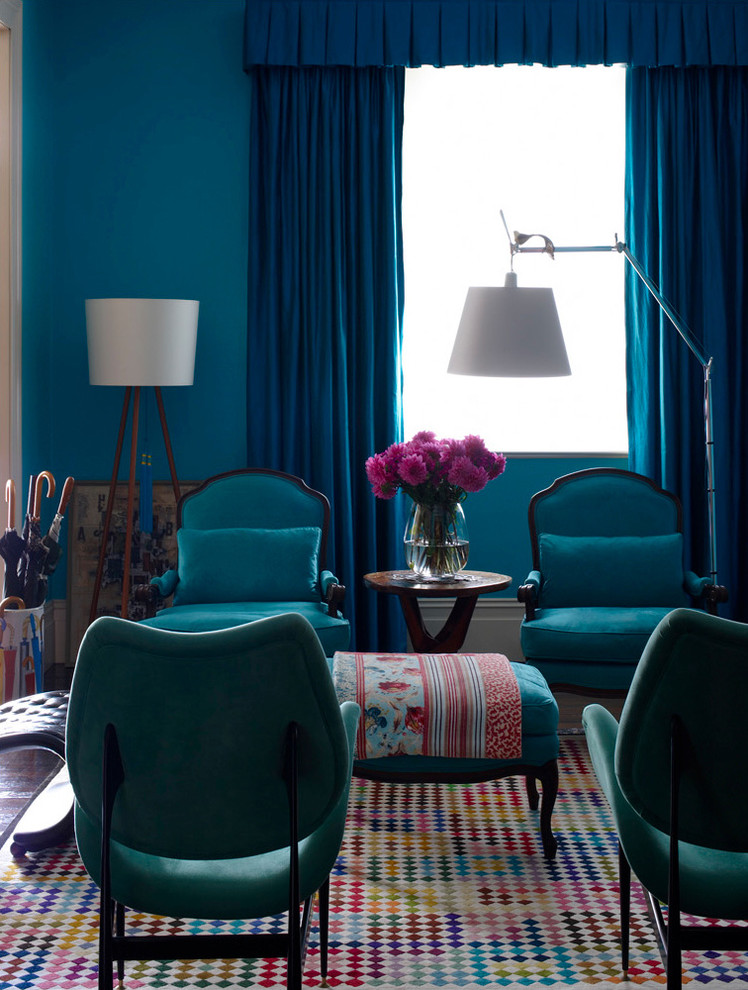
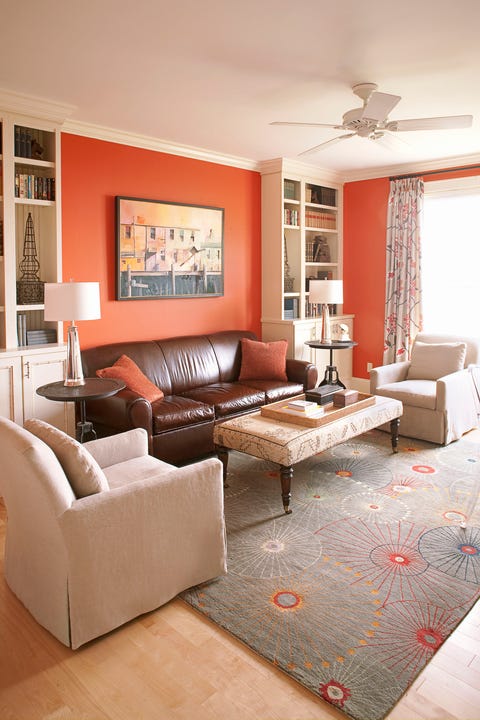


/GettyImages-513043721-5accc488c67335003747aeed.jpg)
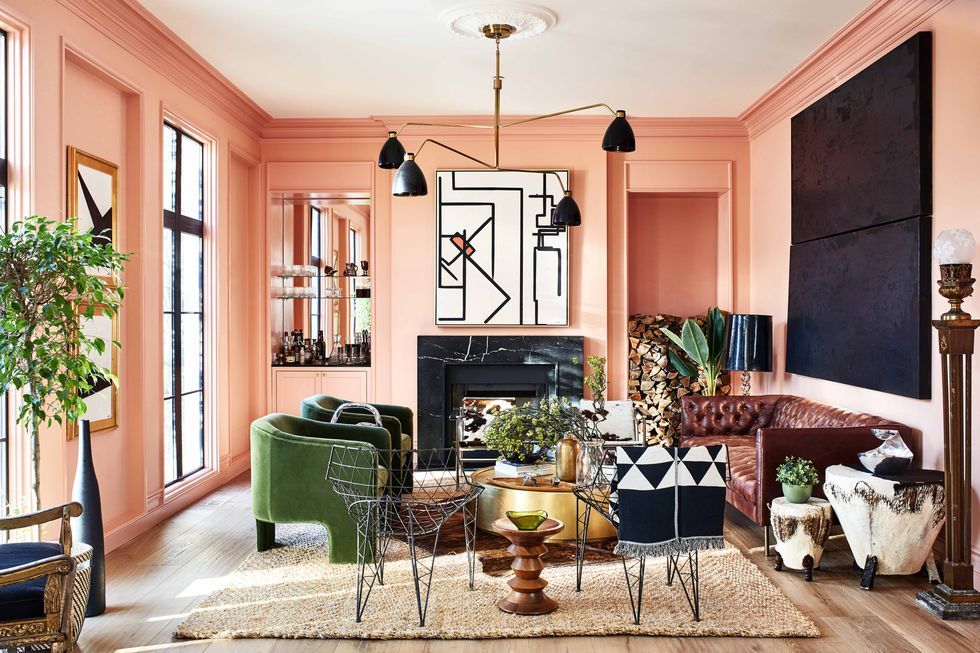

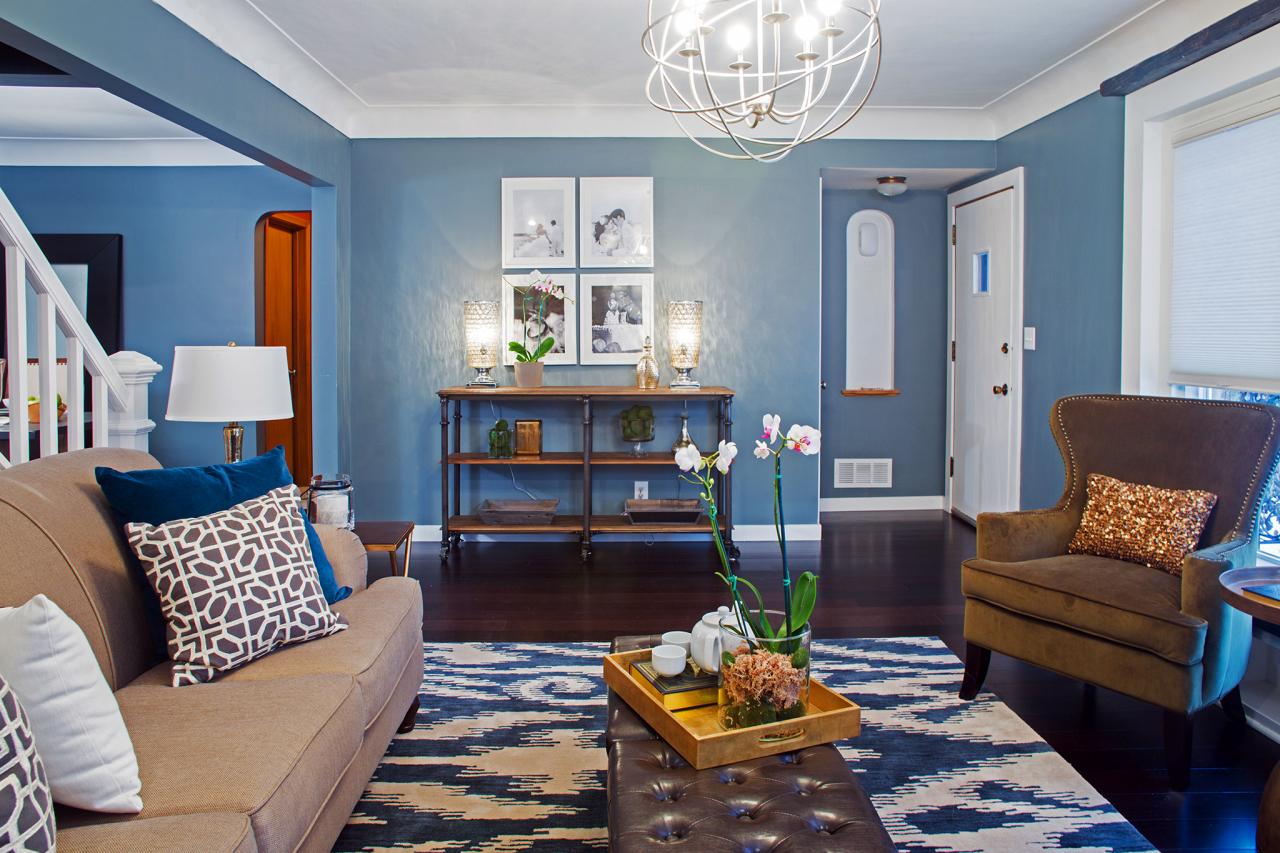
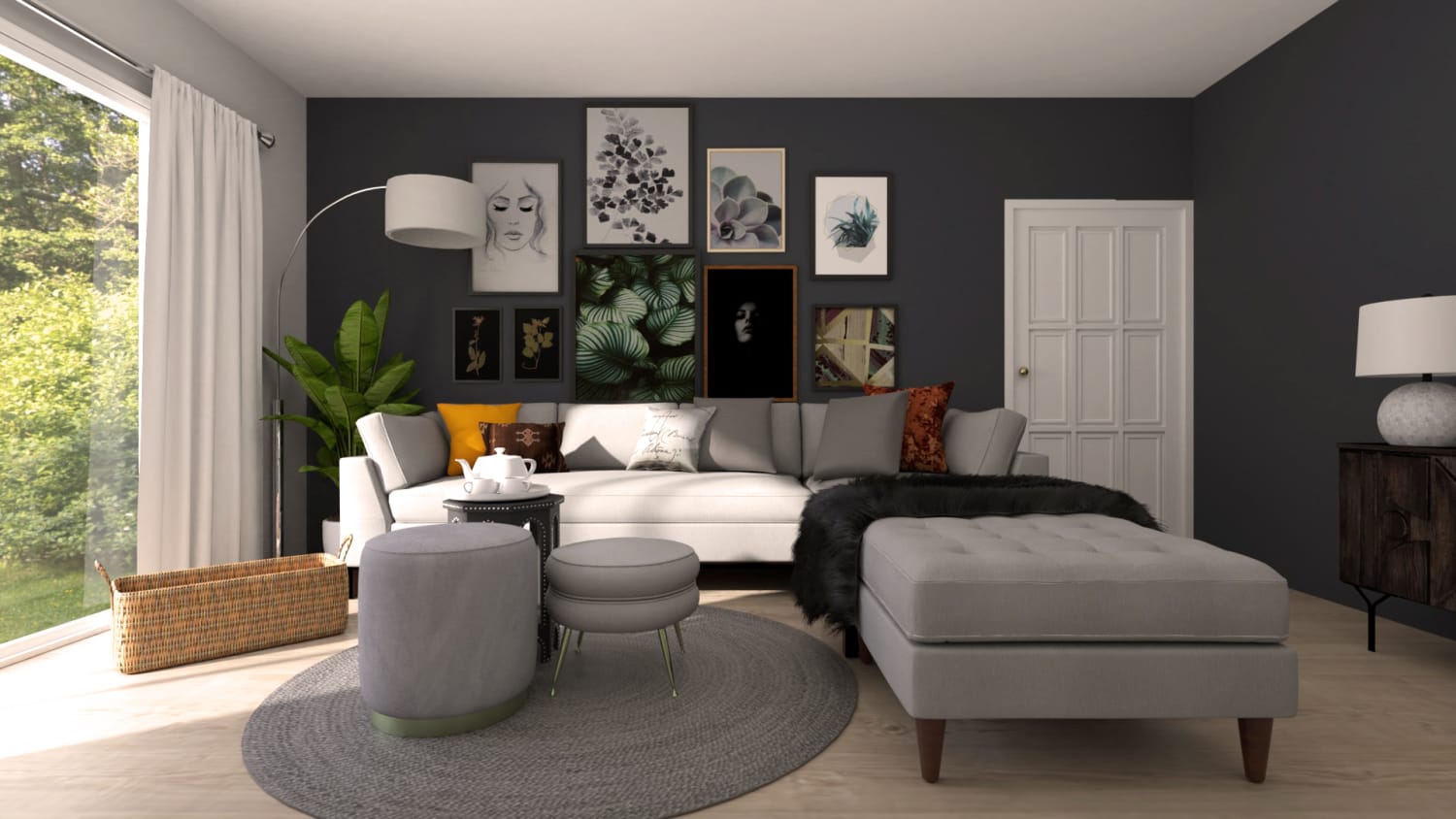






/169789002-58a723d63df78c345b930ec6.jpg)
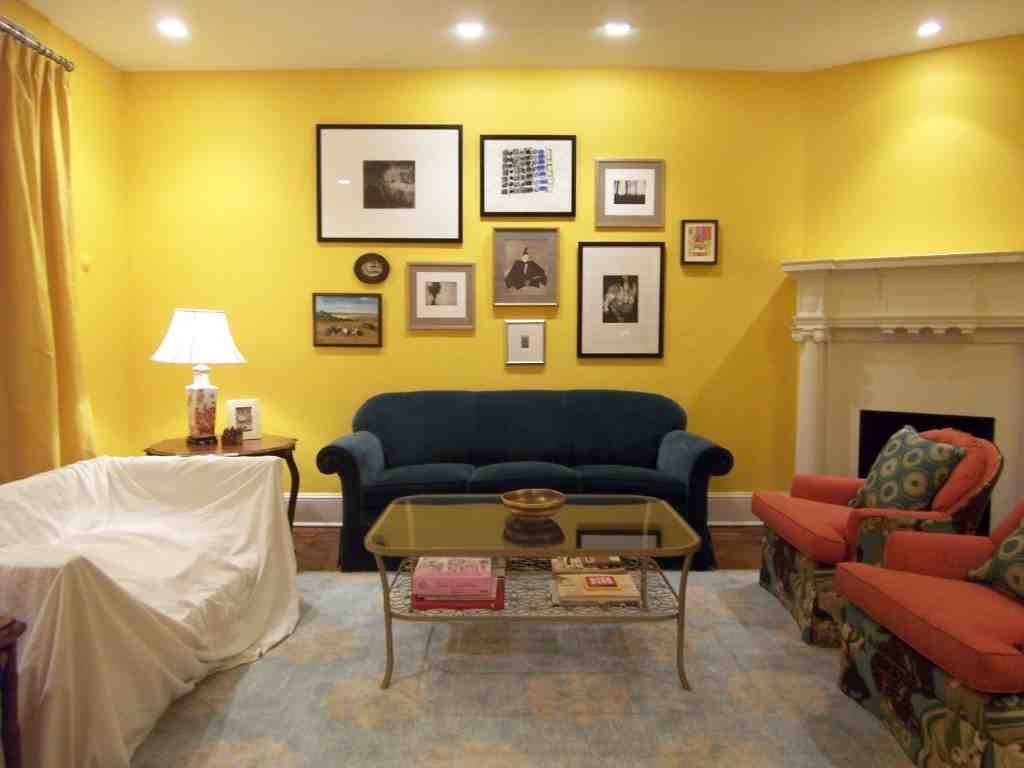
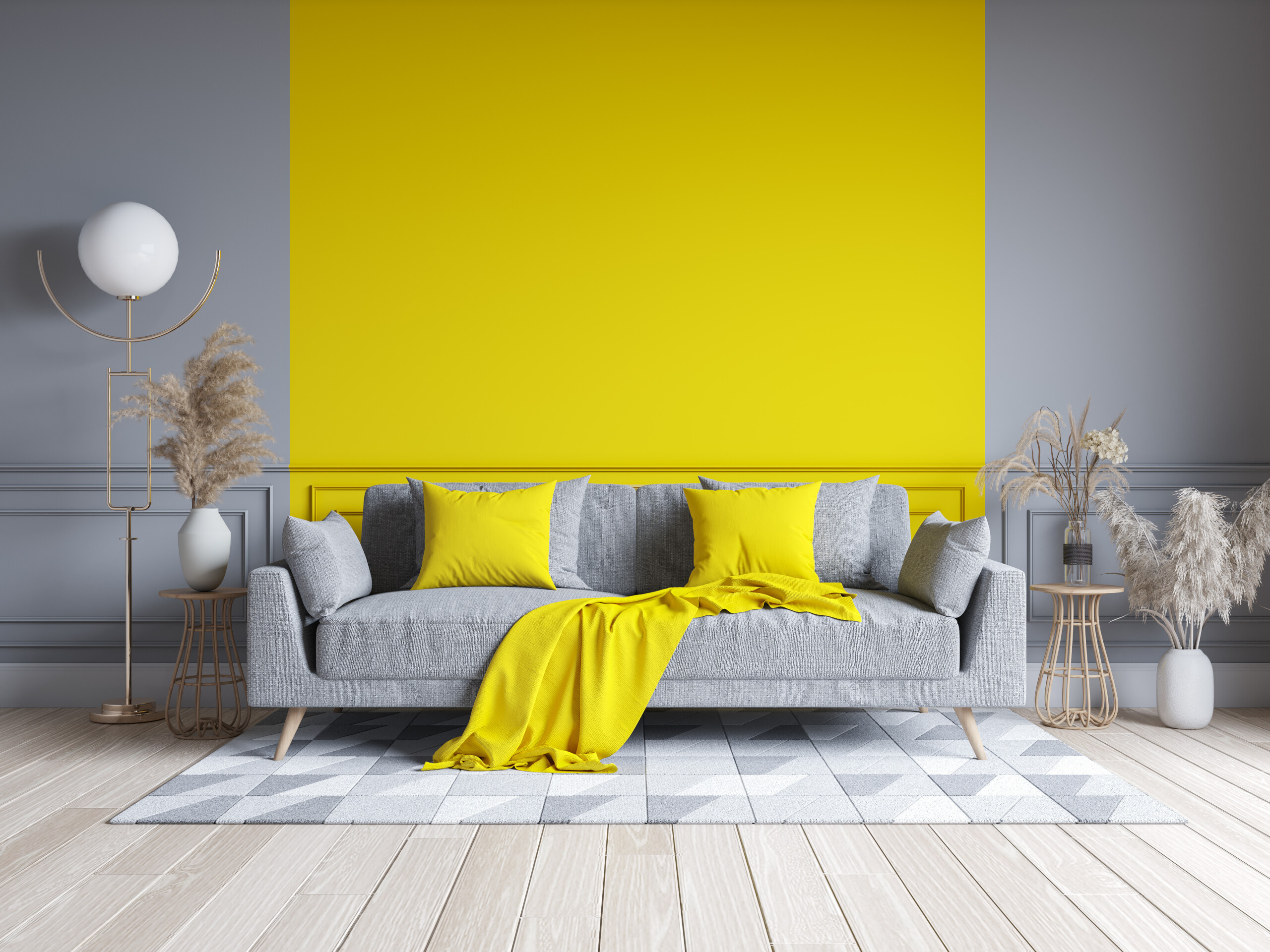
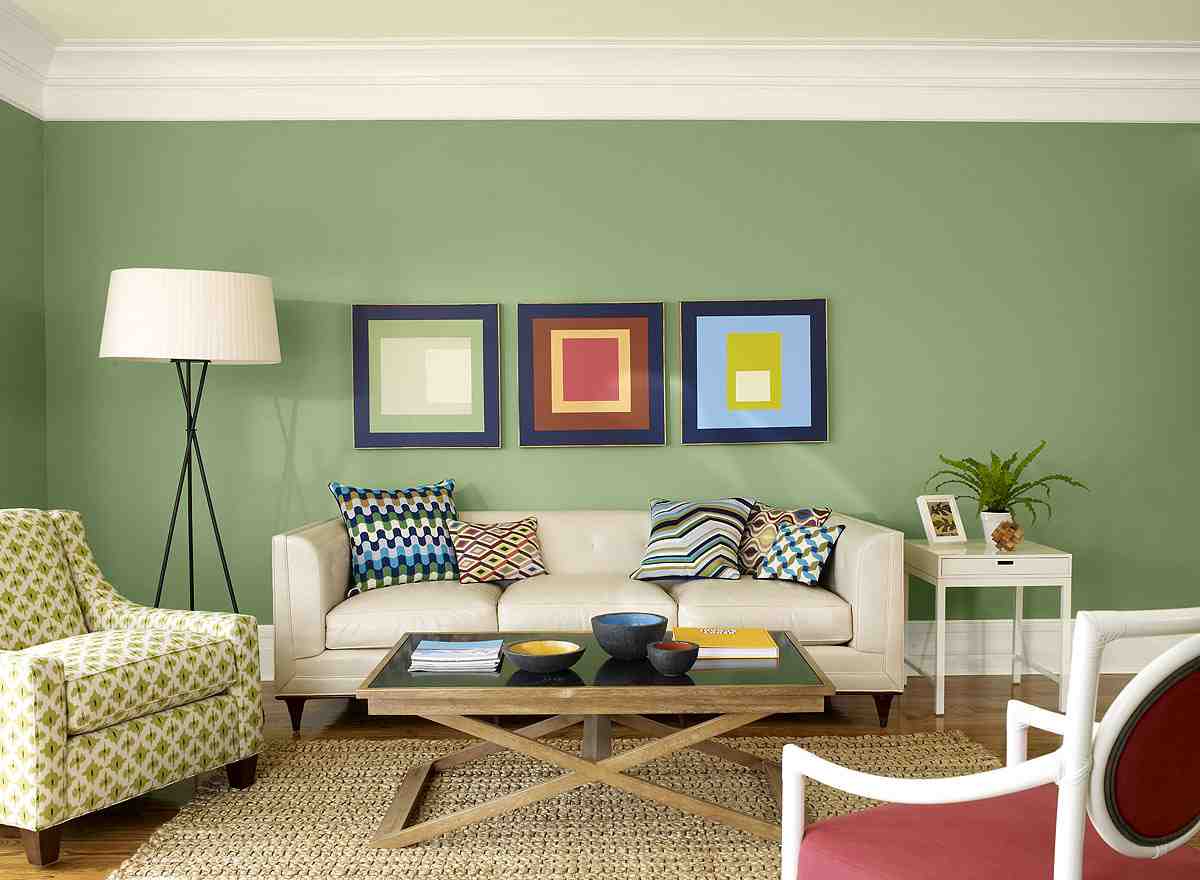





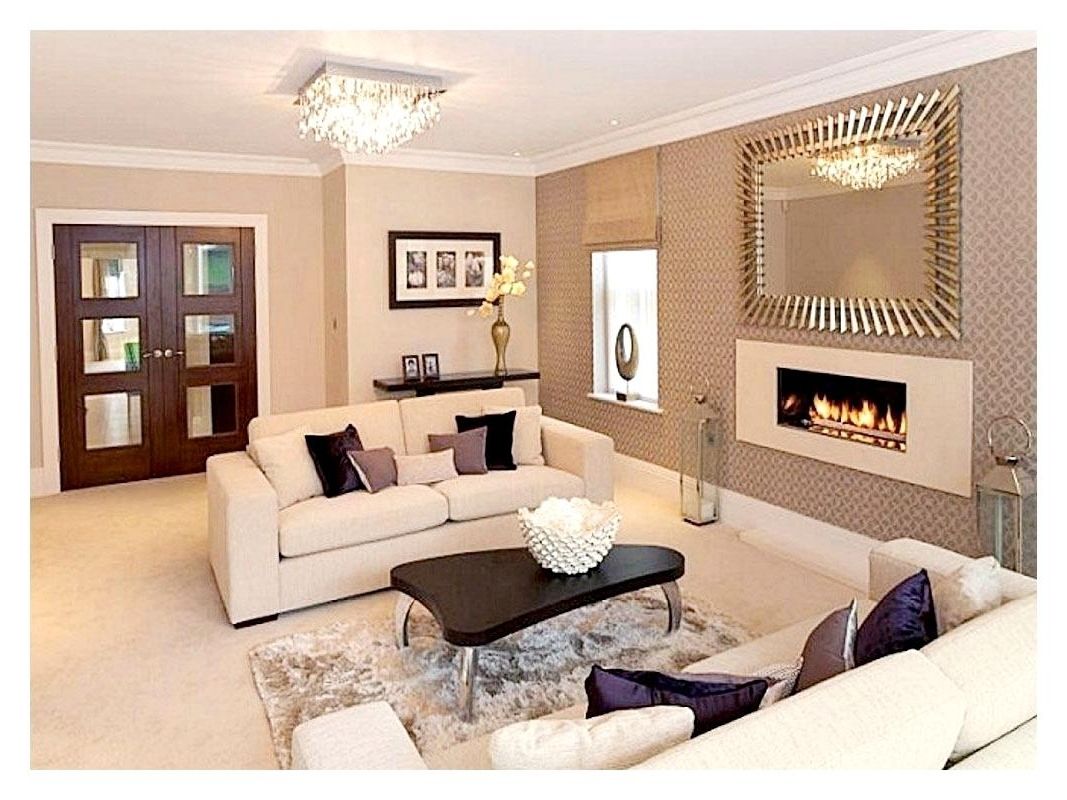

:max_bytes(150000):strip_icc()/visualvantage_84441292_216451146149693_3008351985149100497_n-30f5e244da3448979ca4ba0d88541be9.jpg)
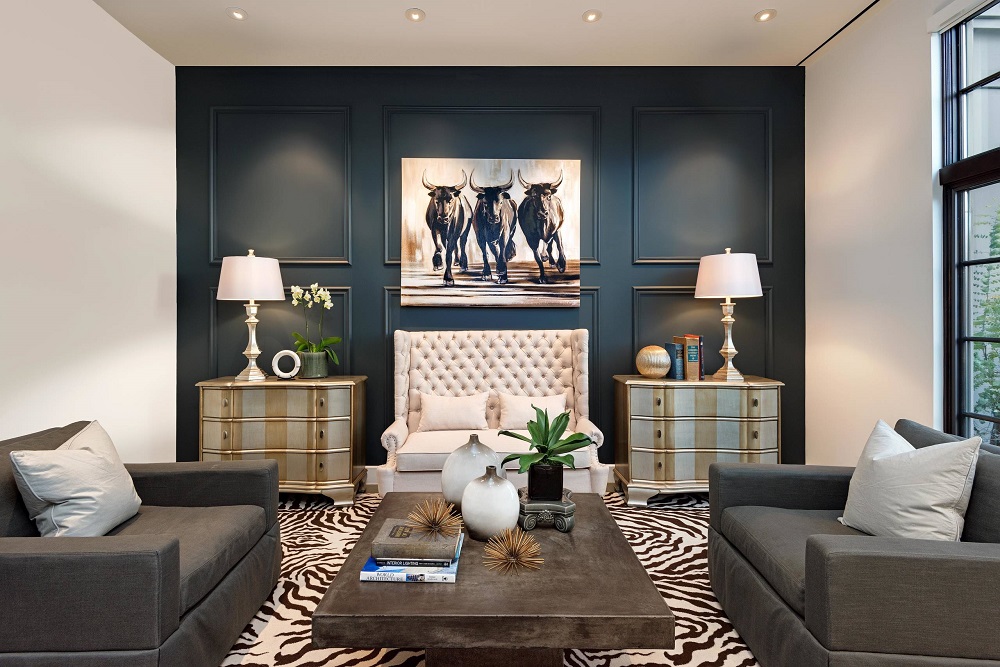








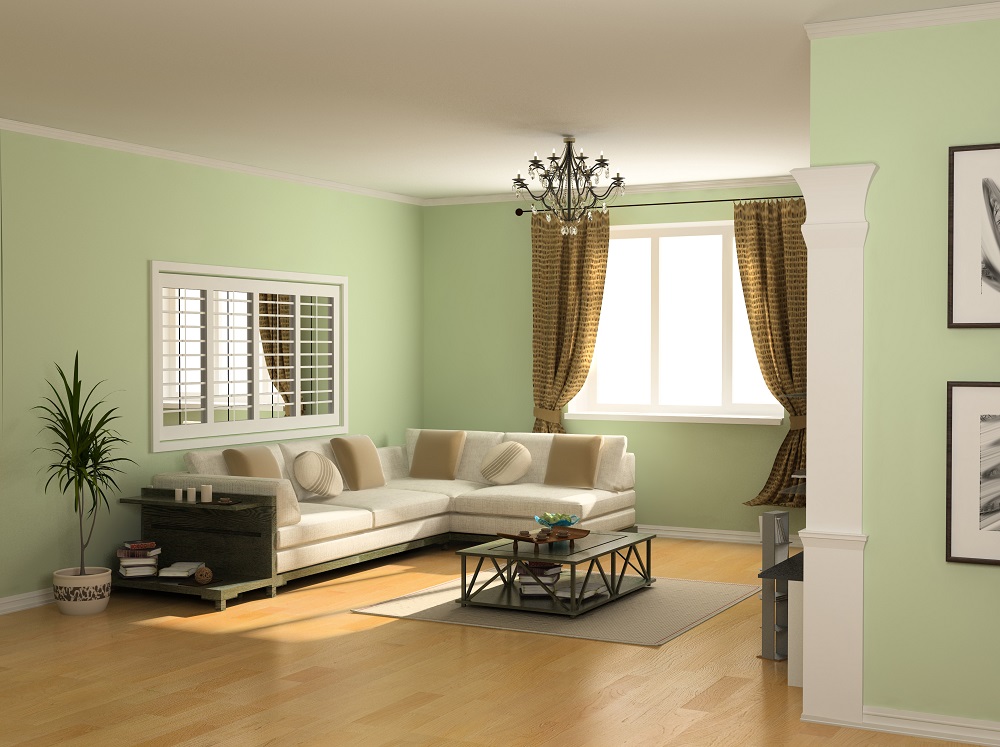



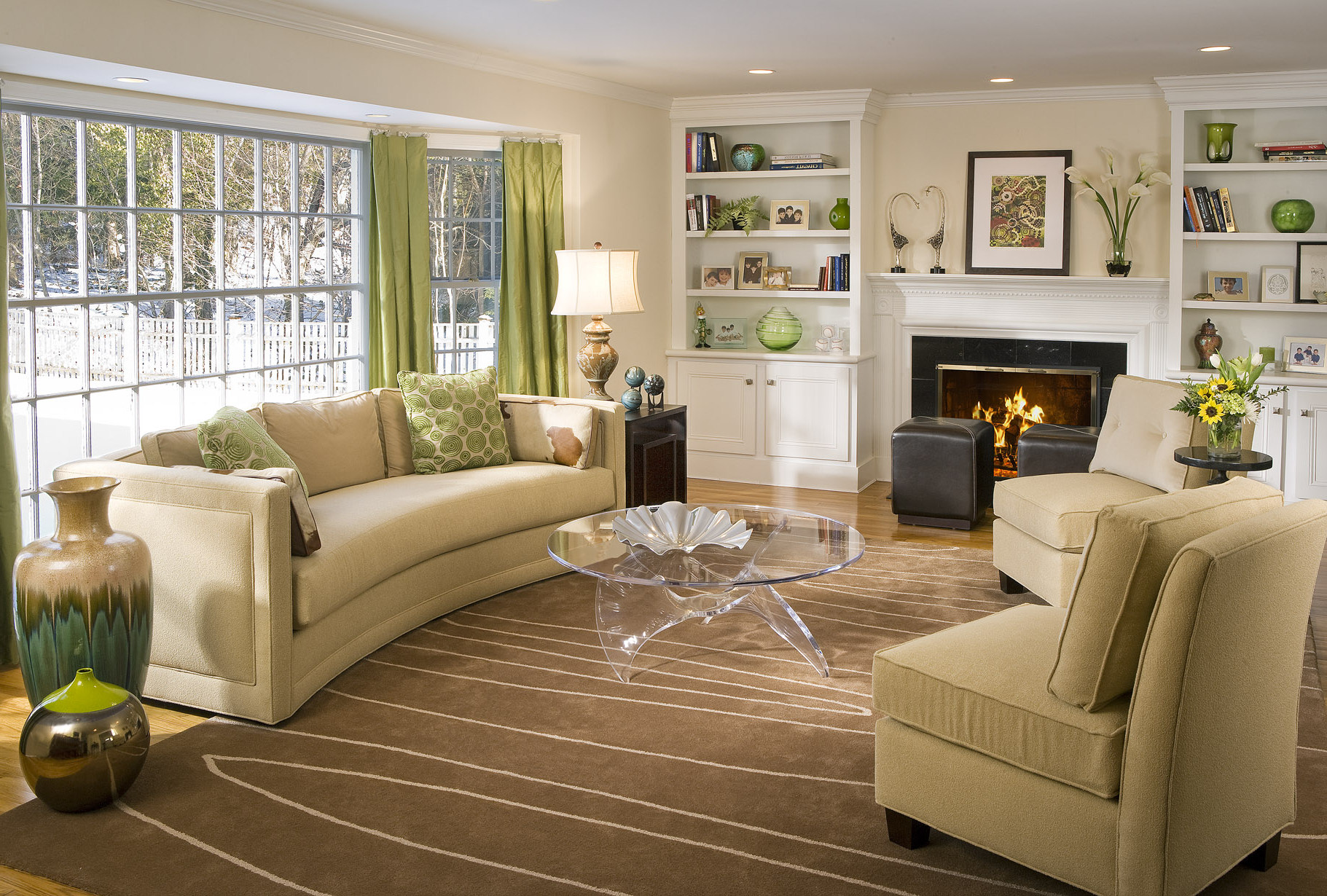

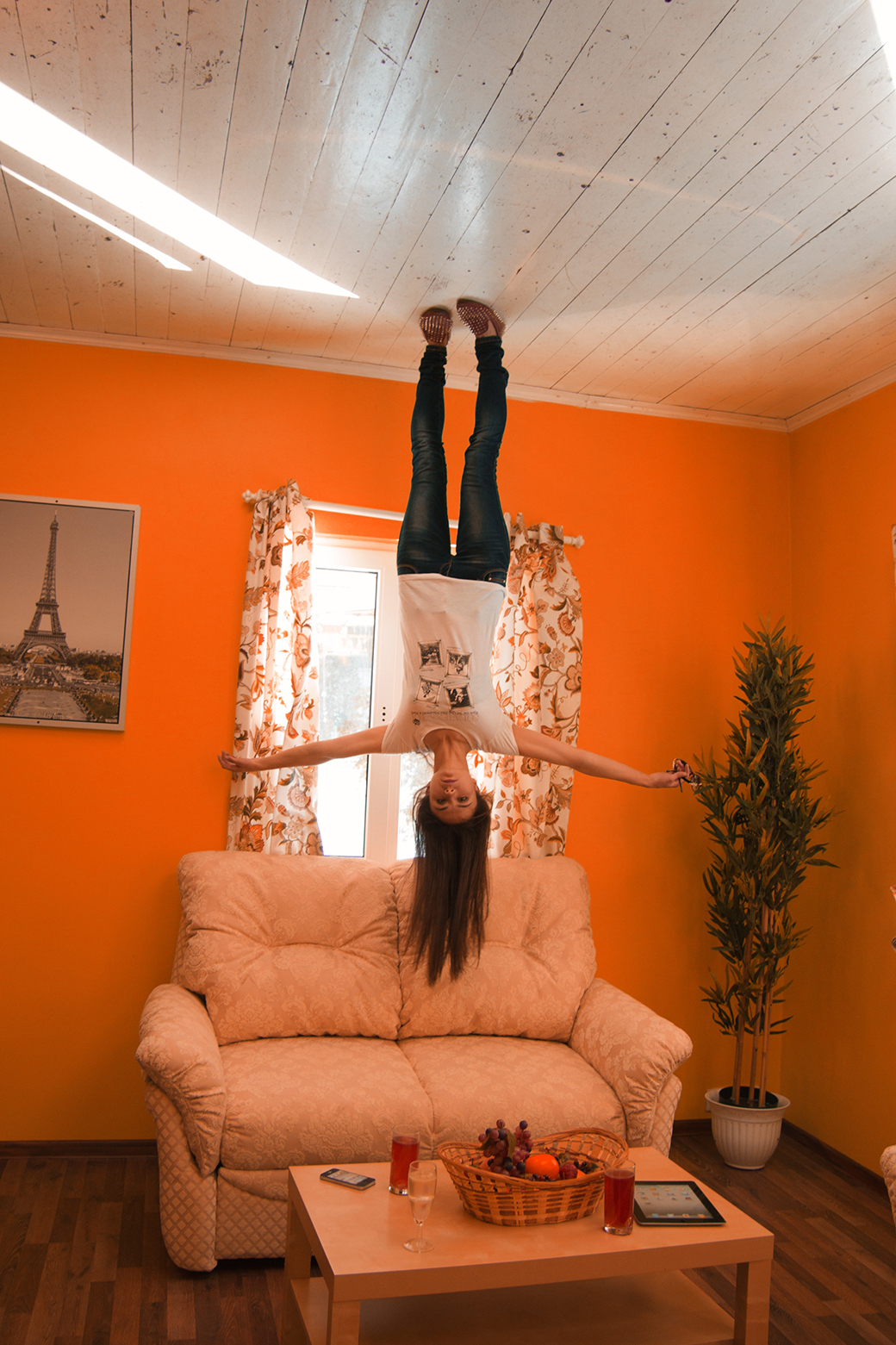


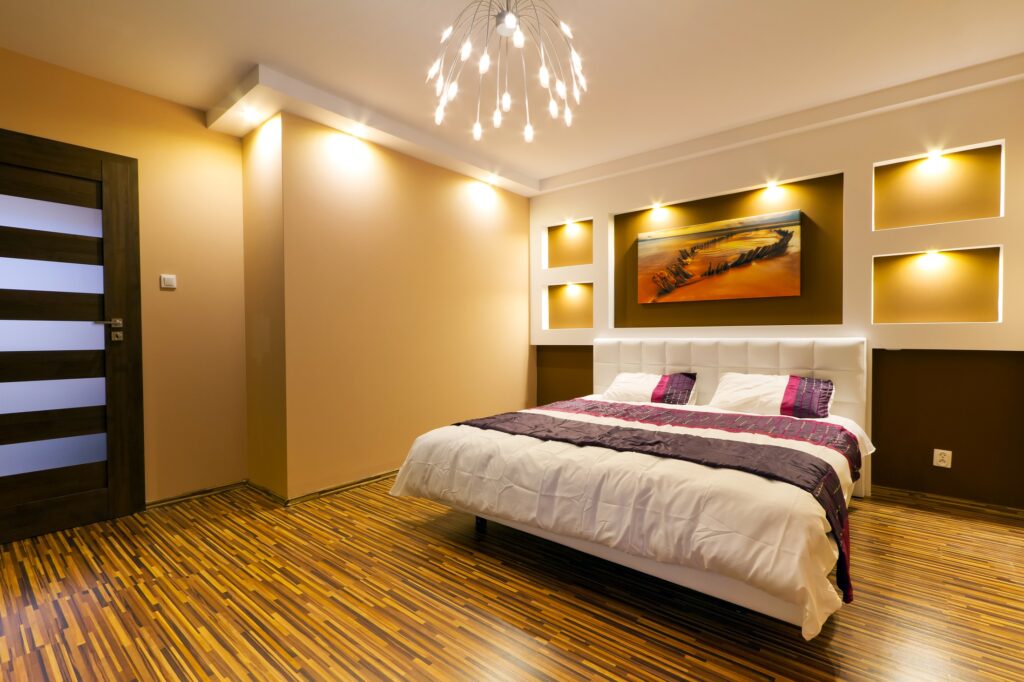
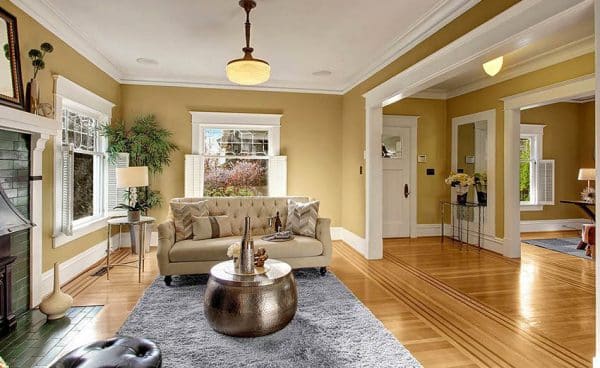
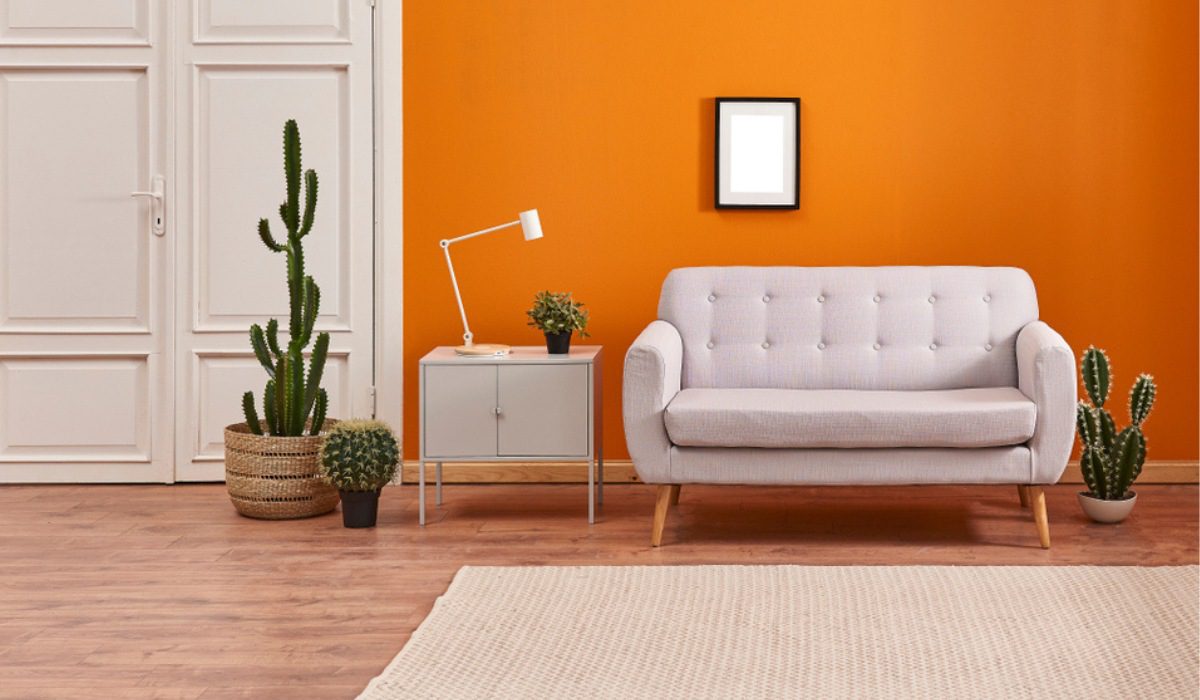
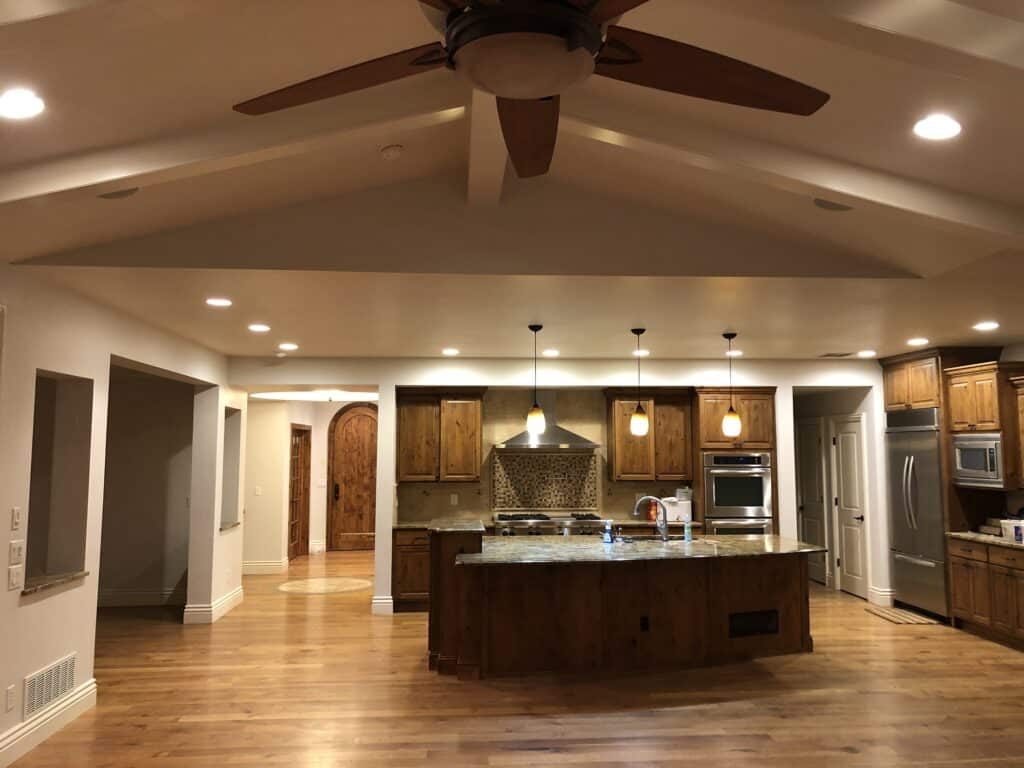

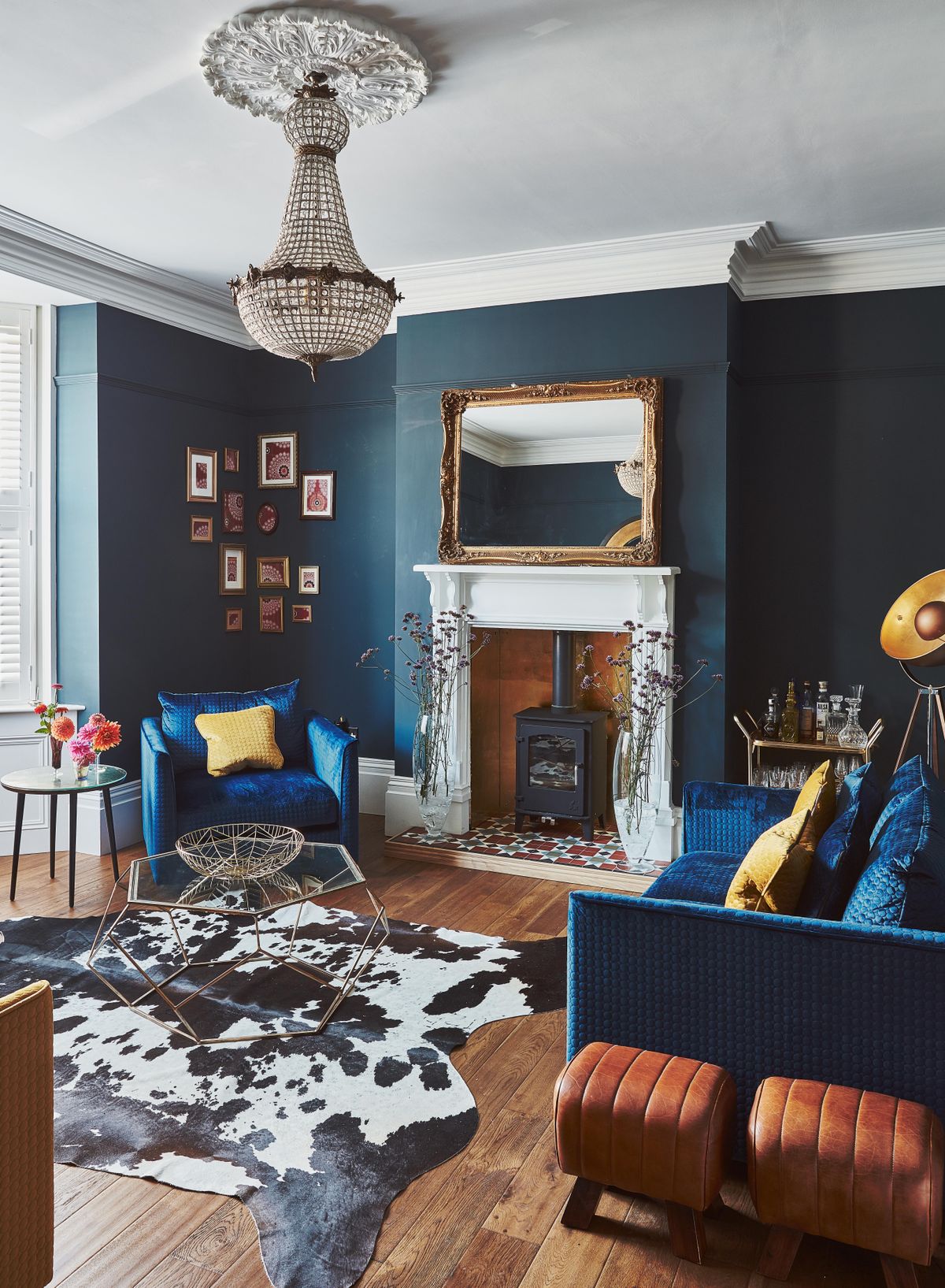










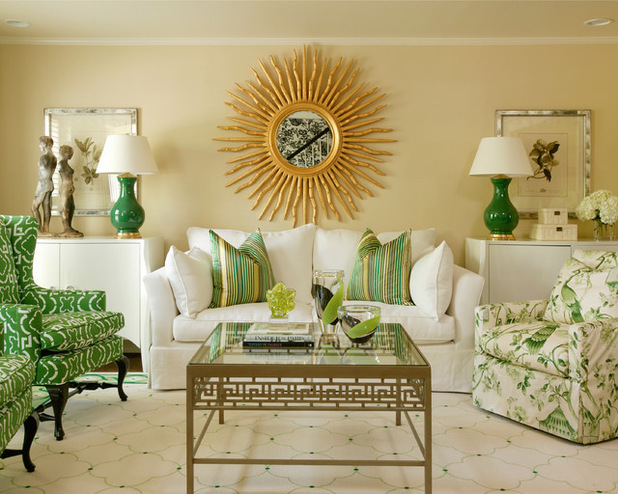

:max_bytes(150000):strip_icc()/6-fin-marble-fireplace-loft-apartment-5a0c9d3cec2f64003687bd0c.jpg)
:max_bytes(150000):strip_icc()/fin-3-gray-black-blue-5a6273fcc7822d00378d1708.jpg)

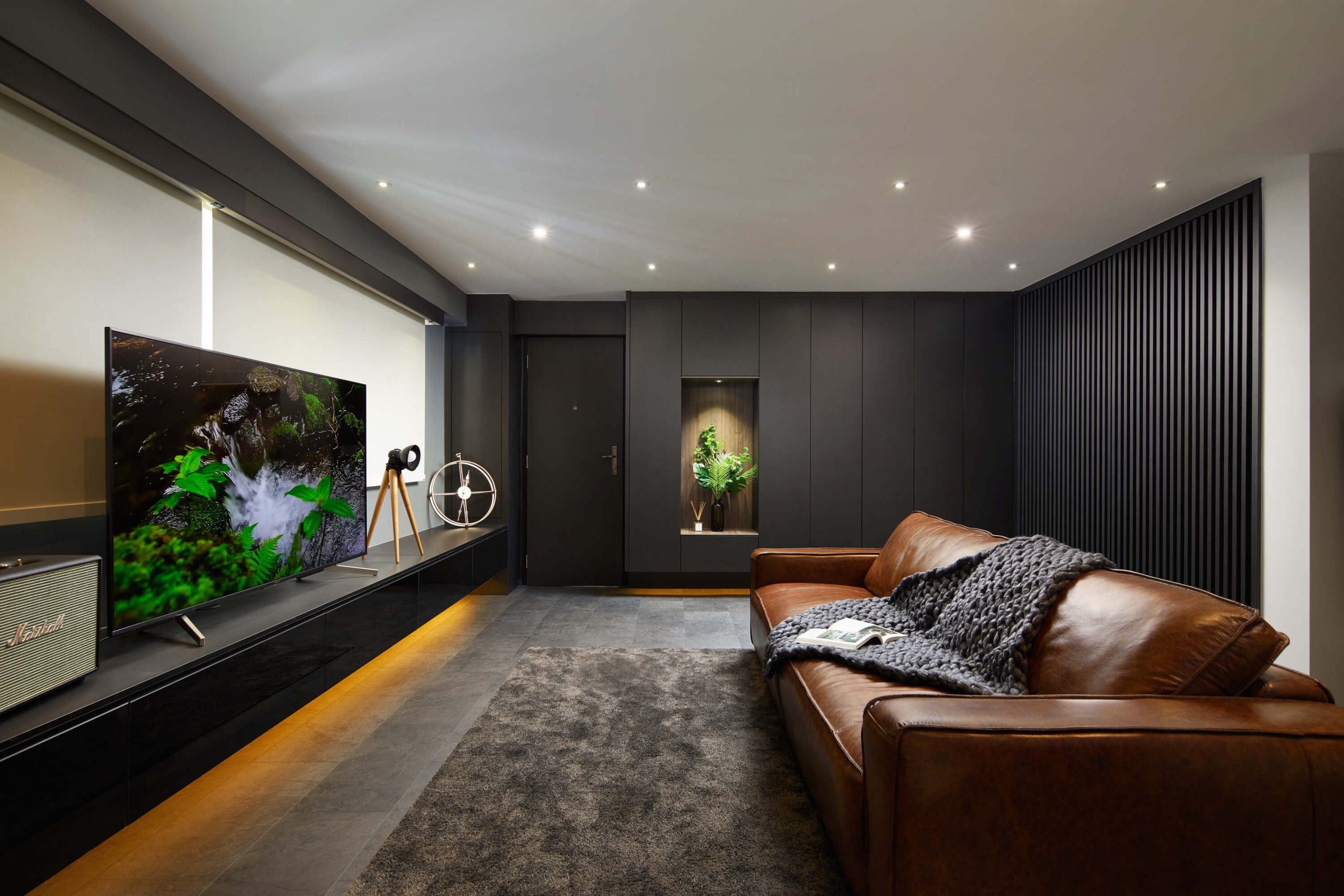
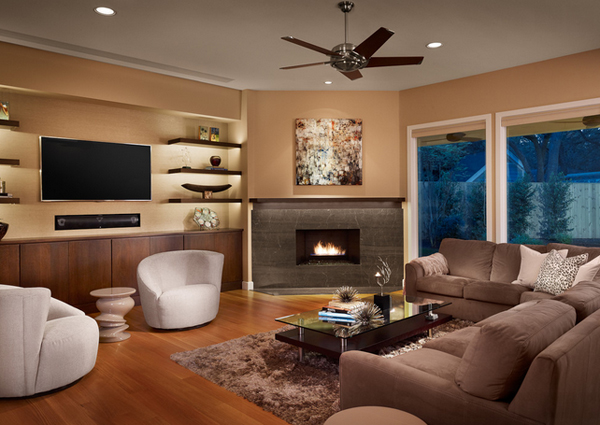


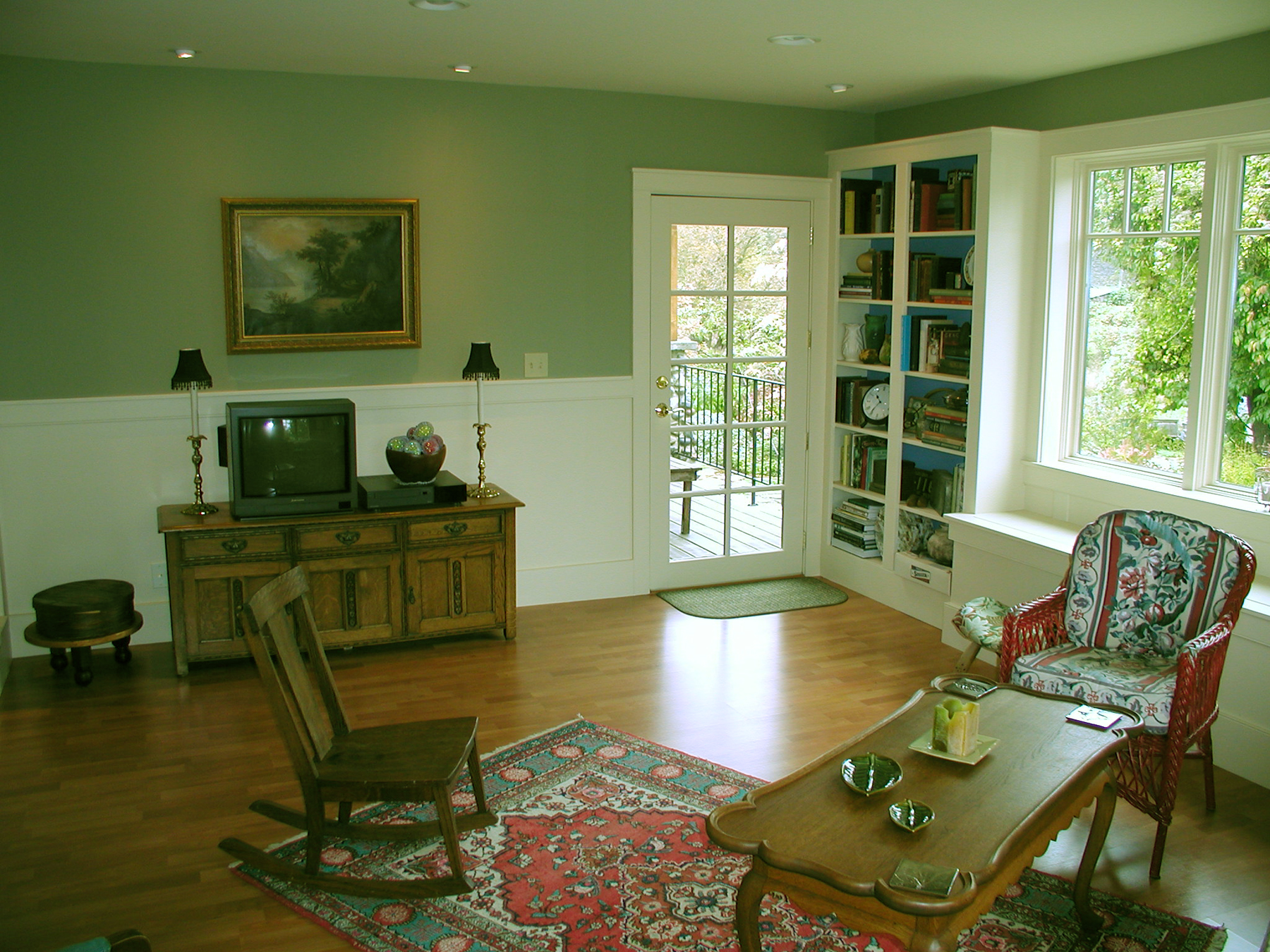
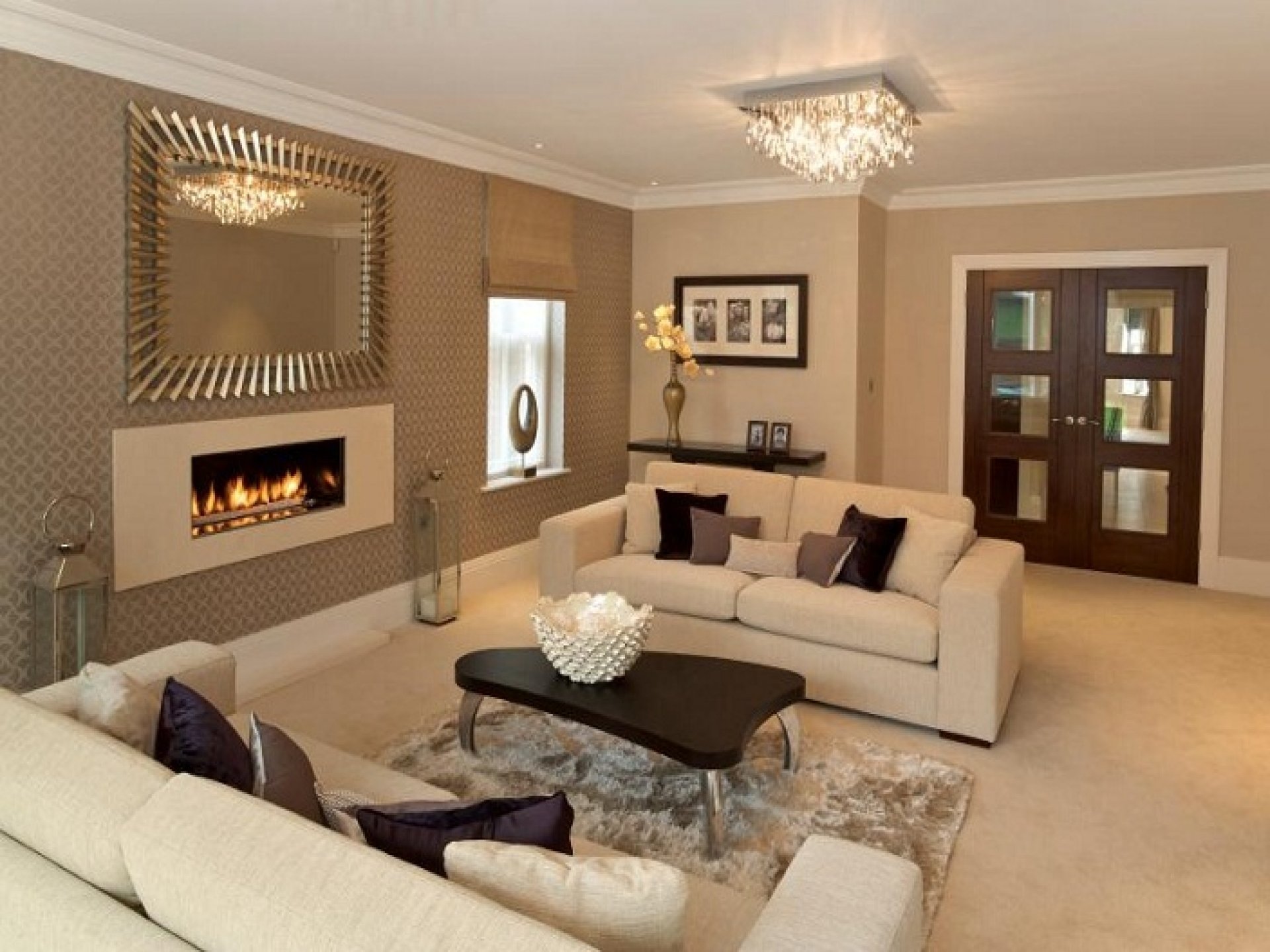

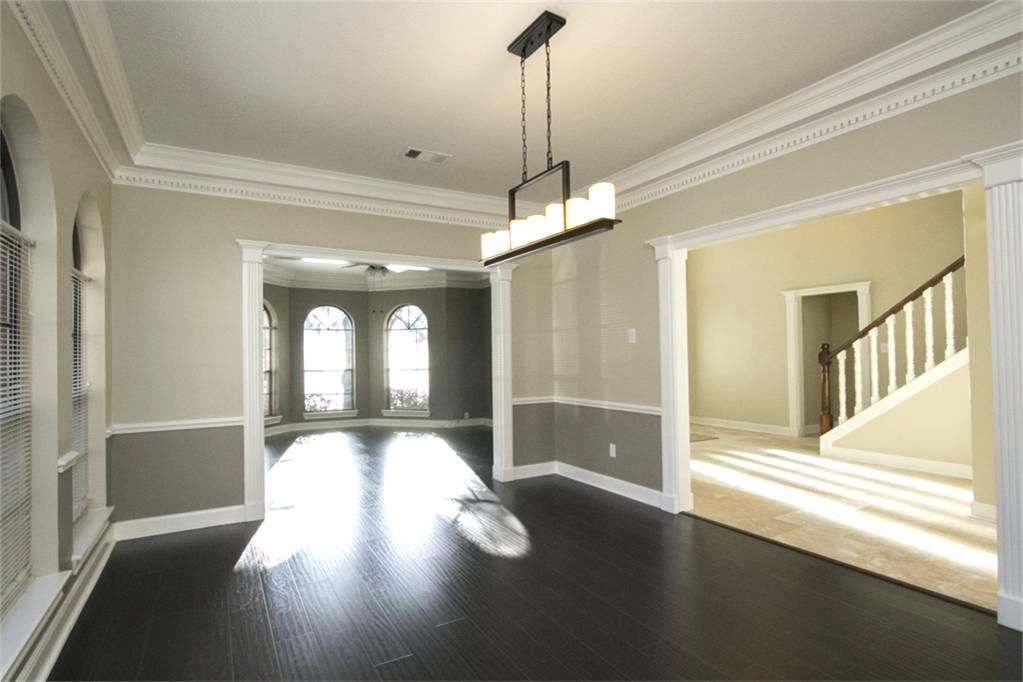


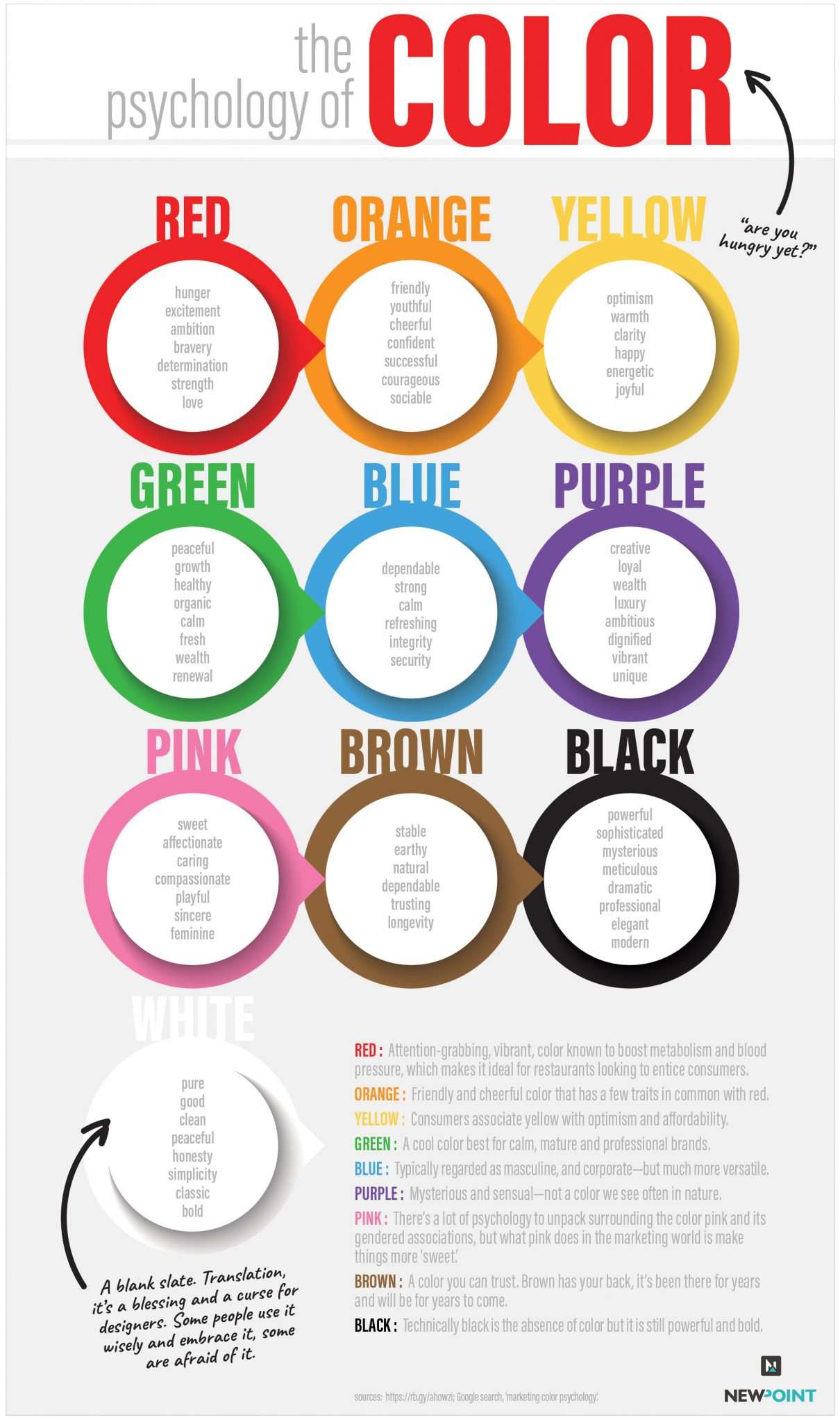



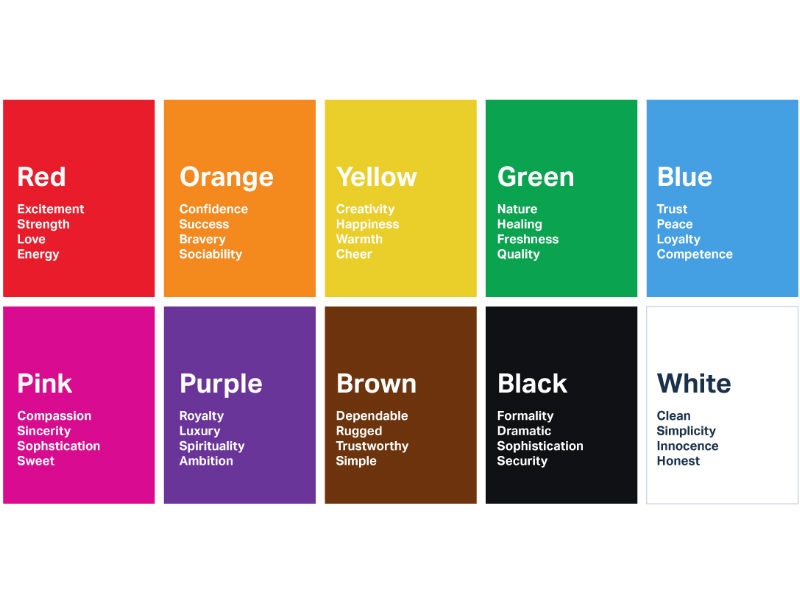

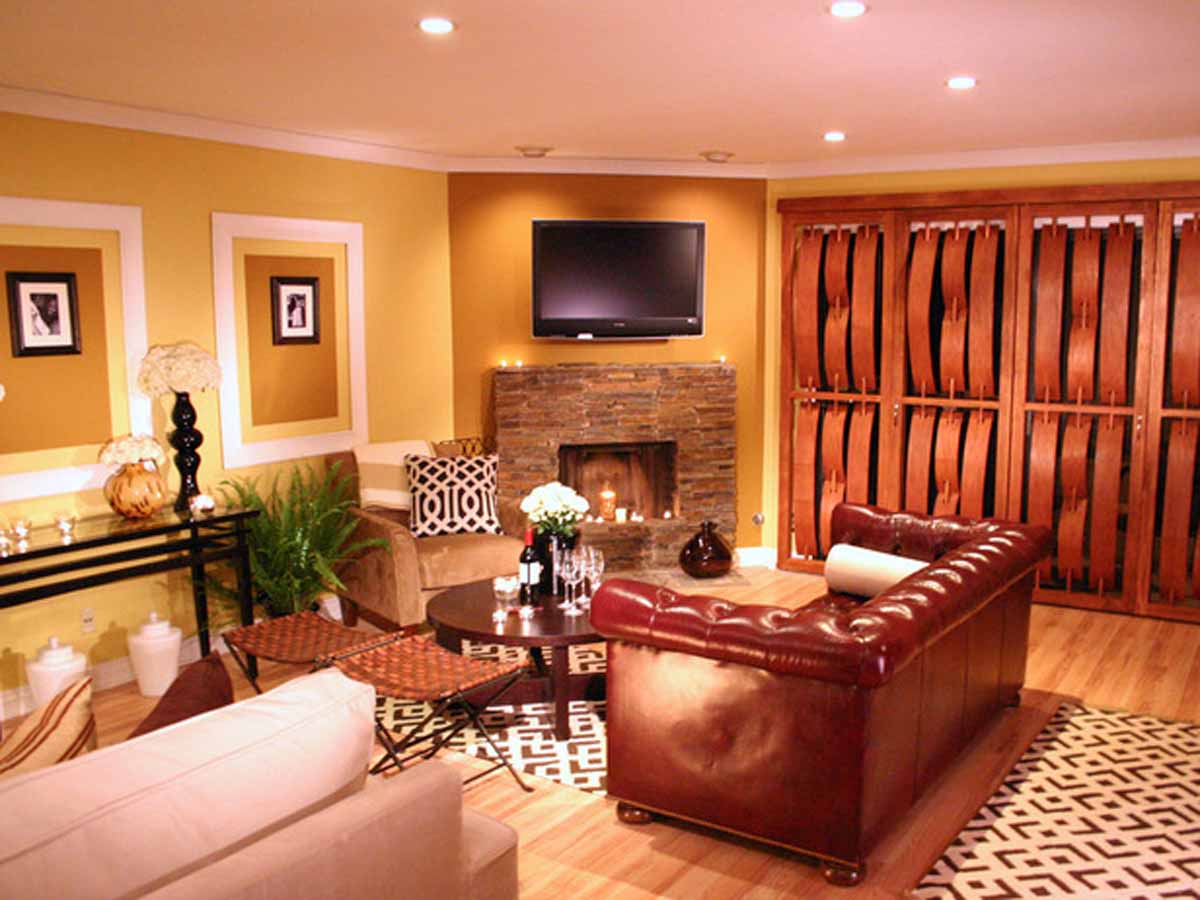
/2795824-color-psychology-5b0478de04d1cf003aac1625.png)
